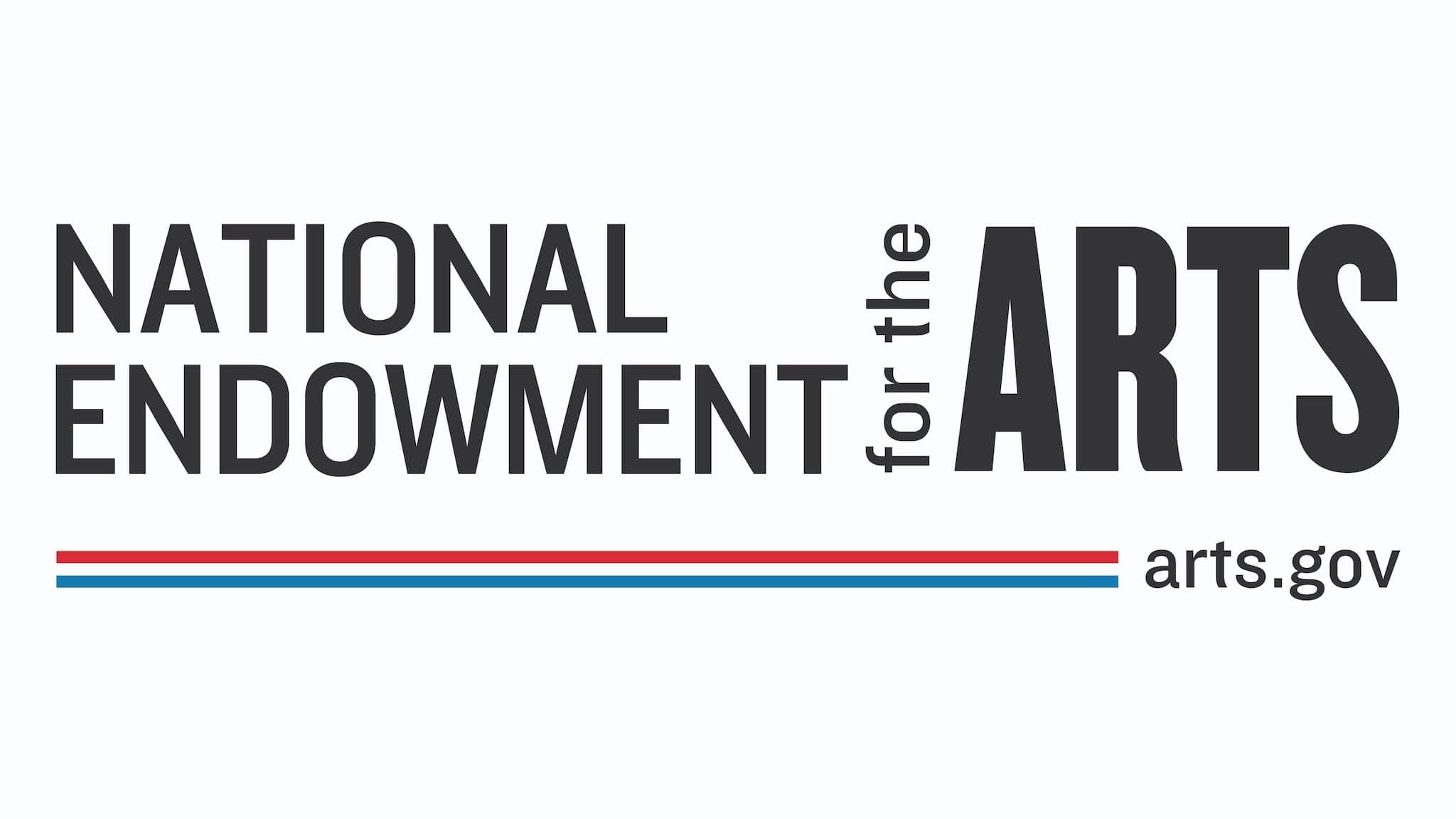Layered Leporello Book Arts Workshop with Victoria May
Use the modular folded structure of the Leporello format to create an accordion book with layers, windows and pop-ups.
Explore telling a story or creating a mood through structural shifts in the treatment of the paper and pages. Explore translating abstract concepts into visual motifs that transition over the course of the pages. Use easy and fun techniques like stenciling, rubbing and collage to embellish your book with texture and imagery.
Students provide: X-acto knife and blades, scissors, glue stick and self-healing cutting mat (or sturdy cardboard sheet).
Workshop fee: $80, includes paper, adhesive and other supplies.
Victoria May uses fabric and stitching as the basis for mixed-media sculpture and installation that address the tenderness and absurdity in the human condition. She is an avid advocate for material re-use and for the recognition of the beauty in the ordinary.
May received her MFA from San Jose State University and her BA from UCLA. She received the Santa Cruz County Rydell Fellowship and was named an Artist Laureate by Silicon Valley Creates. She has had residencies in Los Angeles at the Camera Obscura Art Lab and Art Share LA
May has worked as an art instructor at Cabrillo College in Santa Cruz County in person and remotely for over 20 years. Beyond Cabrillo, she has taught several workshops, most notably at UCSC, Penland and the Oregon College of Art and Craft.
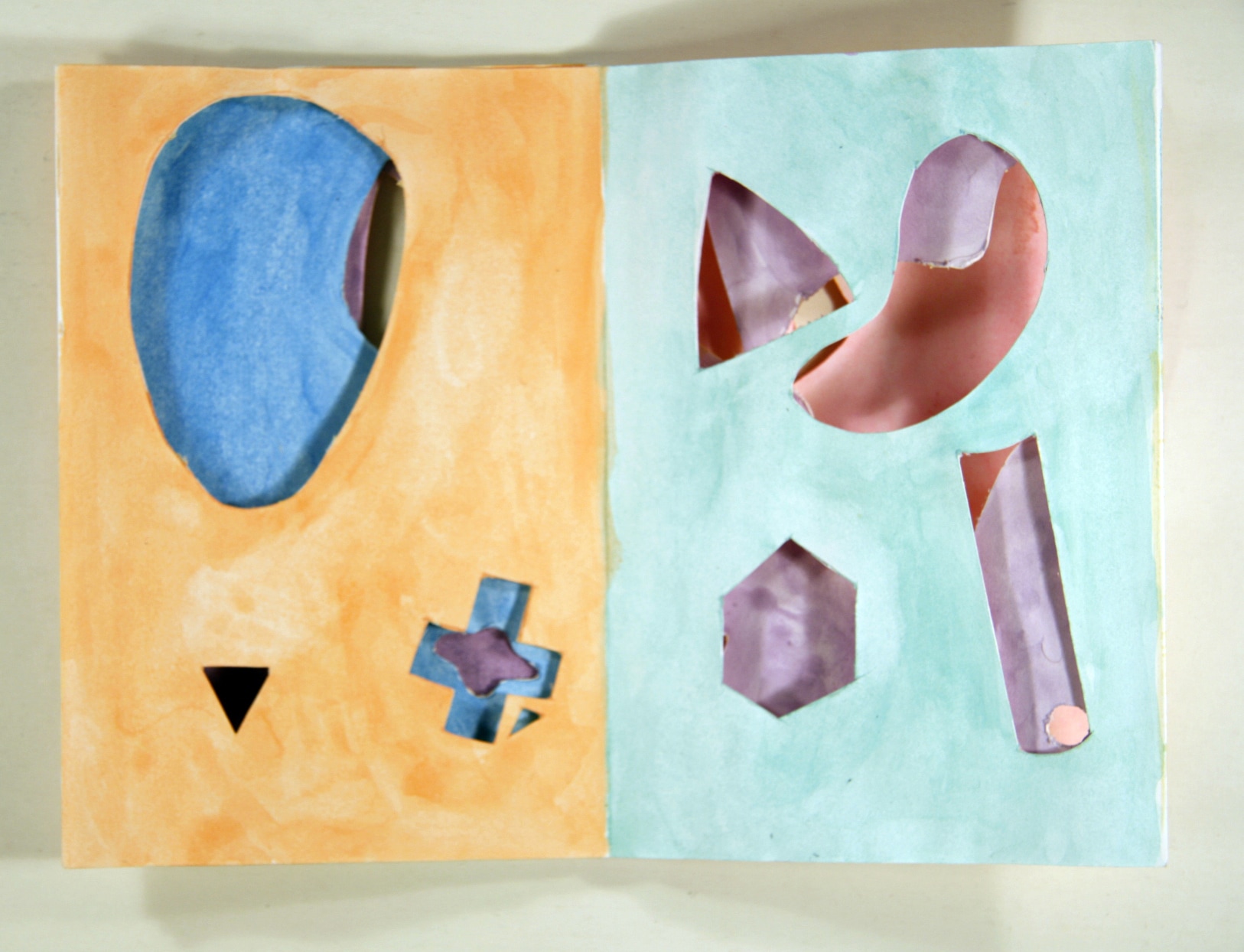
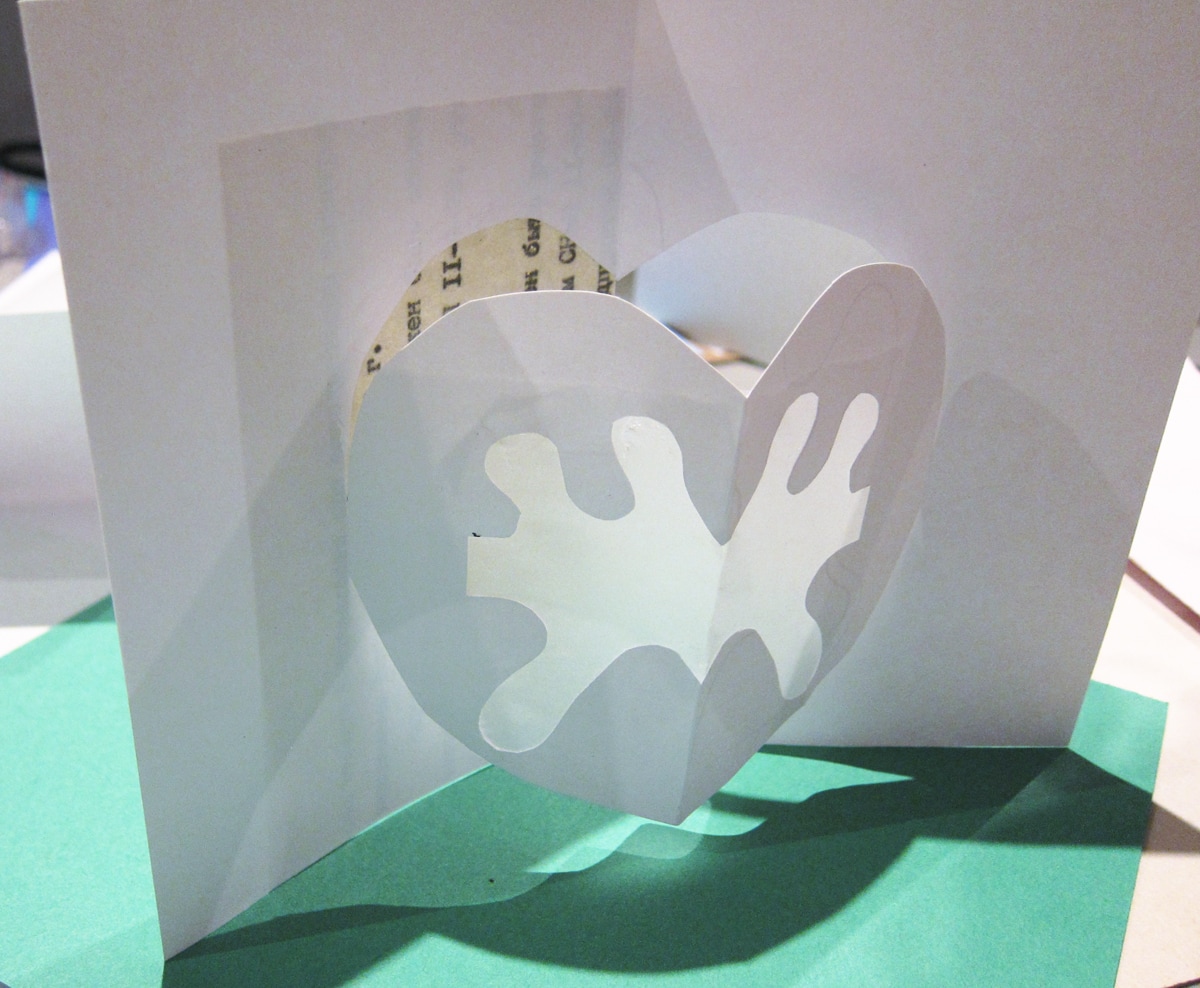
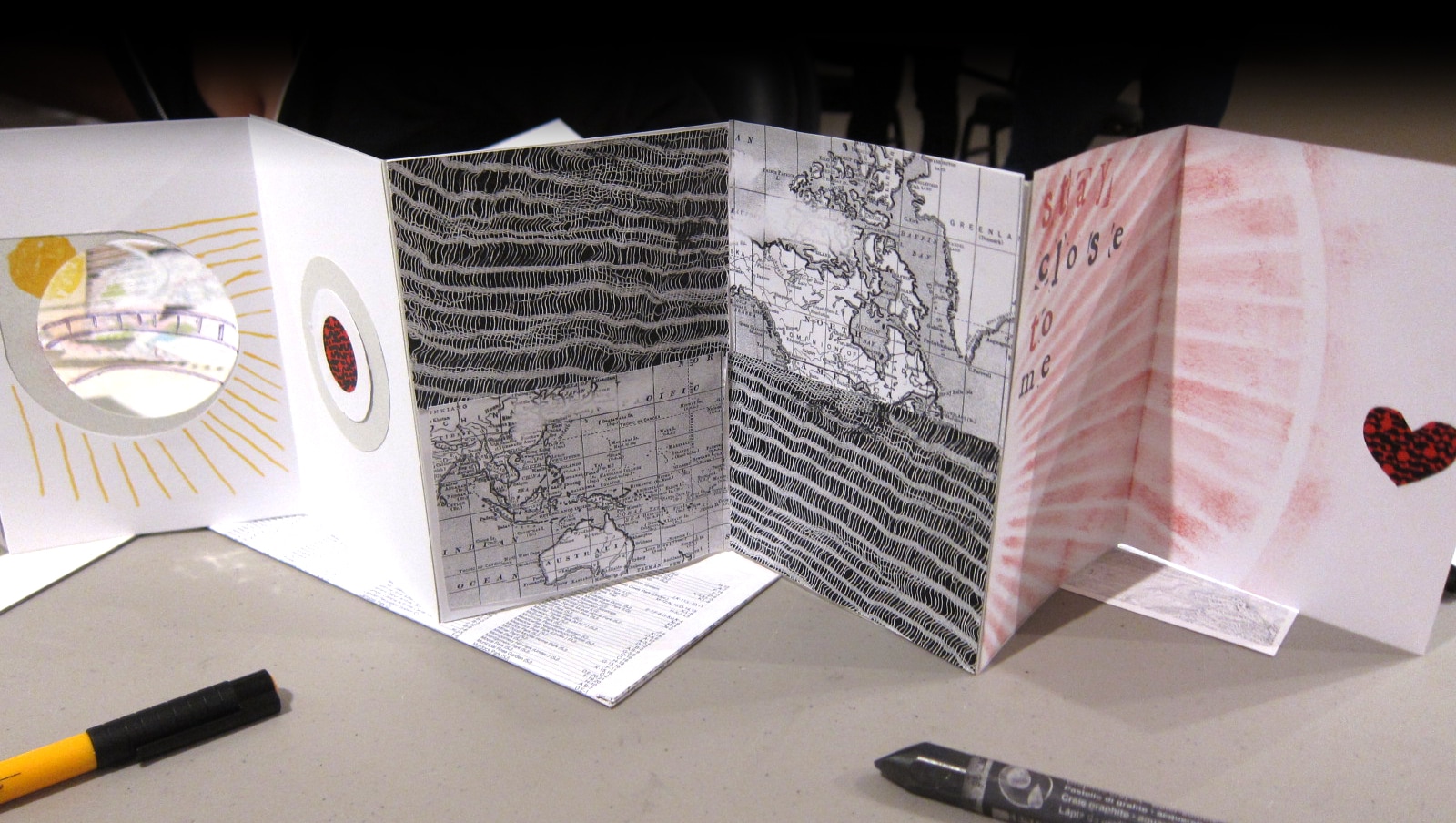

Drop-in Papercut Demonstration with Lorraine Bubar
Lorraine Bubar will set up a mini studio in the Center and work on her papercut artwork between 1:00 and 4:00pm. Viewers will have a firsthand experience of seeing how she designs, cuts, and crafts her polychromatic landscapes. Stop by to gain insights into her process and have a chance to chat with this local, talented, practicing artist.
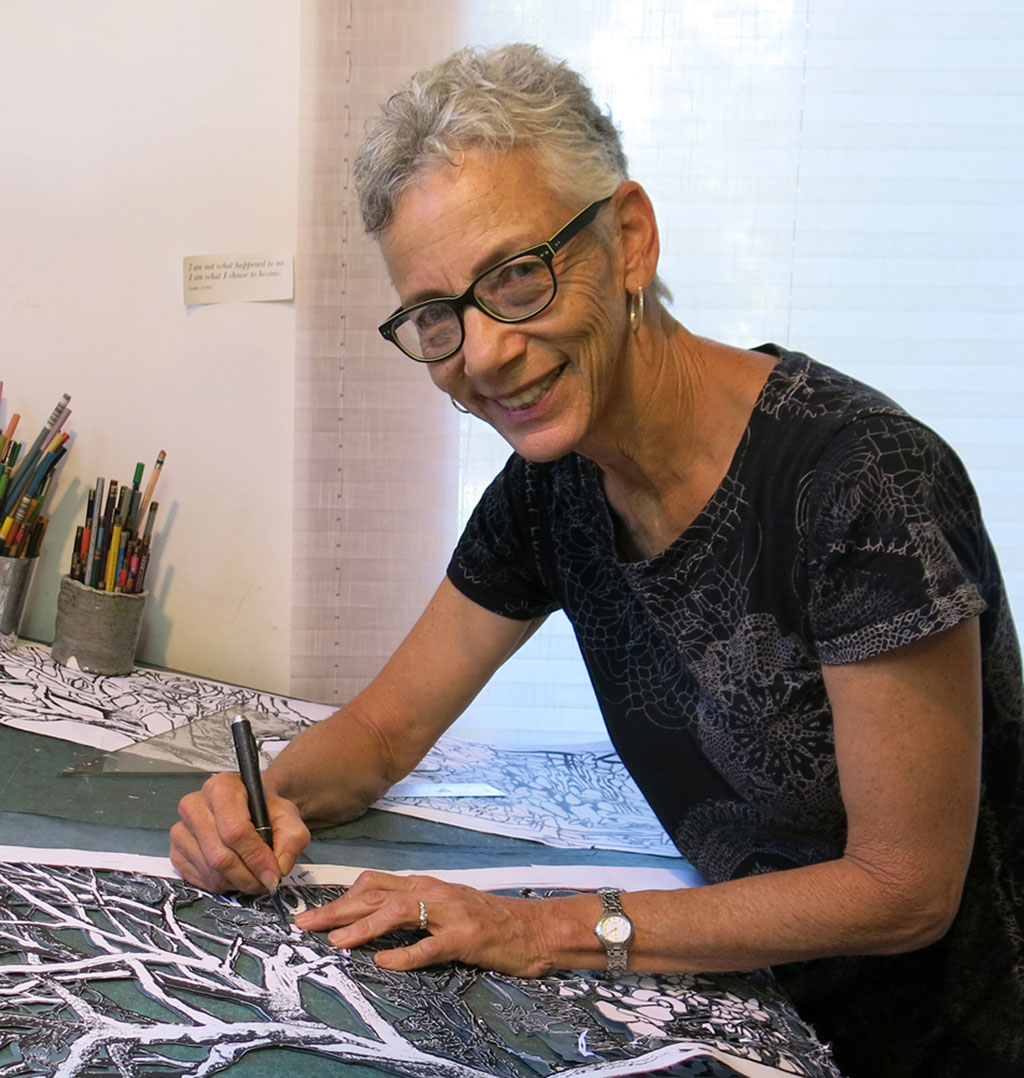
Artist Talk: Erik and Martin Demaine
MIT artist-in-residence Martin Demaine and MIT computer science professor Erik Demaine present on their collaborative research and artwork based on folding. The father and son duo explore the principles and possibilities of folded paper for mathematical, scientific, and artistic applications. The Demaines are also featured in the upcoming Craft in America episode, SCIENCE.
This talk is presented in conjunction with the Craft in America Center exhibition, Erik and Martin Demaine: Puzzling with Paper, on view September 14, 2024 to January 4, 2025.
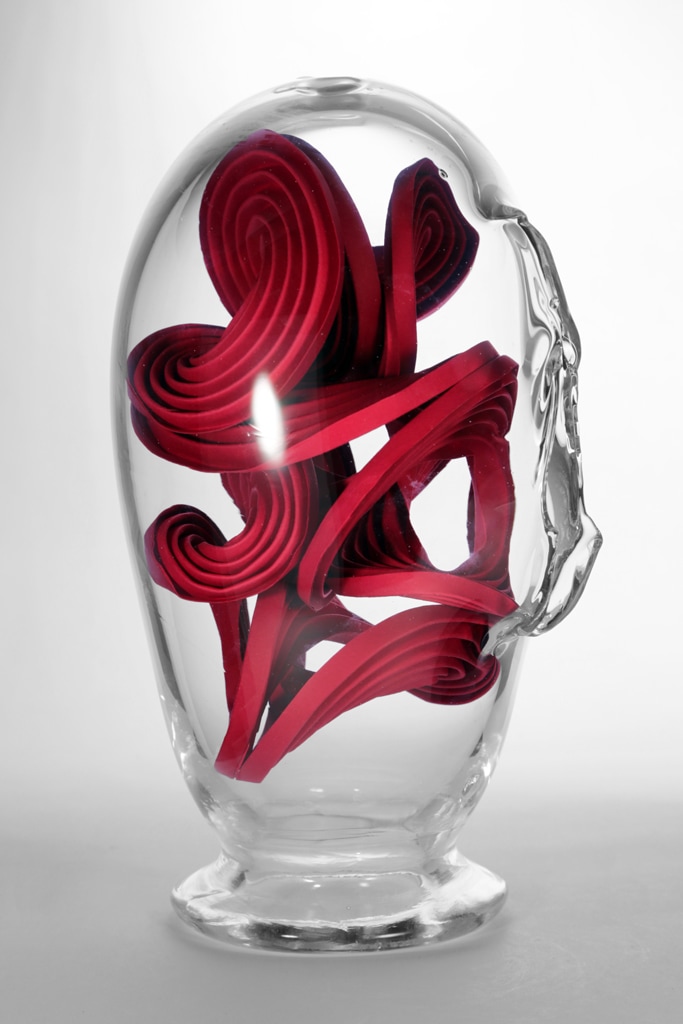
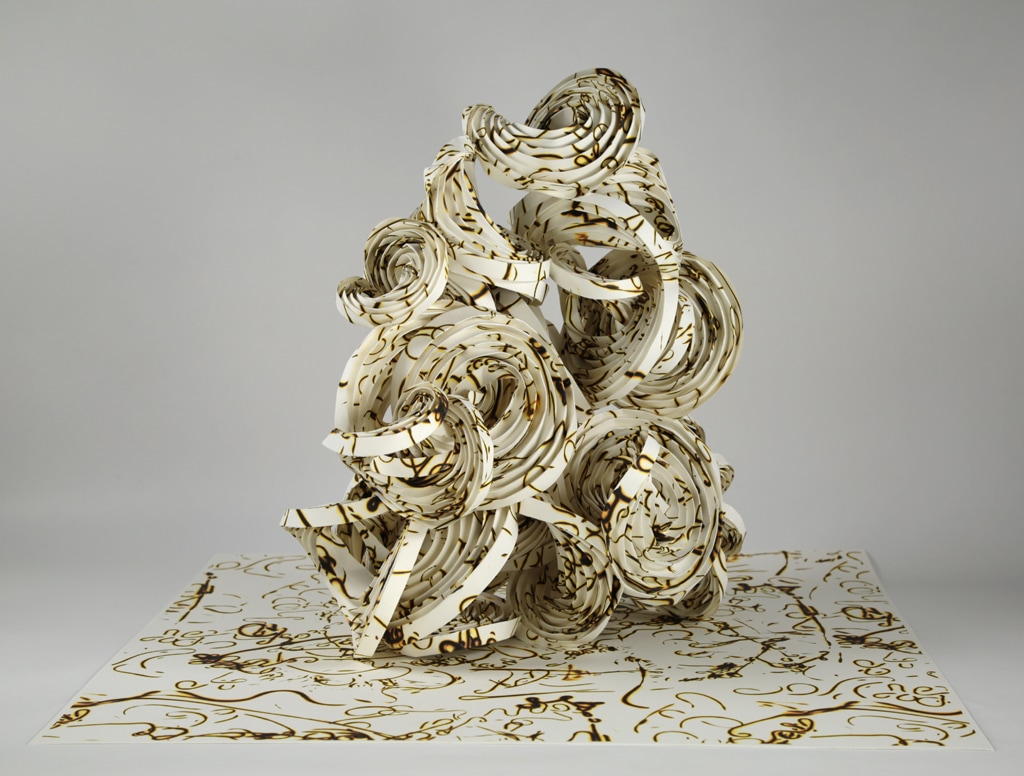
Recorded-talks-and-interviews
,,,,,
Papercut Workshop with Lorraine Bubar
Currently exhibiting artist, Lorraine Bubar will introduce the tradition of papercutting, presenting on the different ways cultures around the world approach this craft. Participants will begin by exploring concepts such as color, negative space, contrast, and symmetry and then apply their discoveries as they experiment with cutting provided papers. The aim will be to incorporate personal imagery and inspiration into a more developed piece that can be completed at home.
Students provide: X-acto knife and blades, black Sharpie, White-out, and self-healing cutting mat (or sturdy cardboard sheet).
Workshop fee: $75, includes paper and adhesive.
Parking: Since most of the parking in the area has a two hour limit, the most convenient option is to pay to park at the Beverly Connection less than a block west on W. Third Street. Handicapped parking is available behind Freehand.
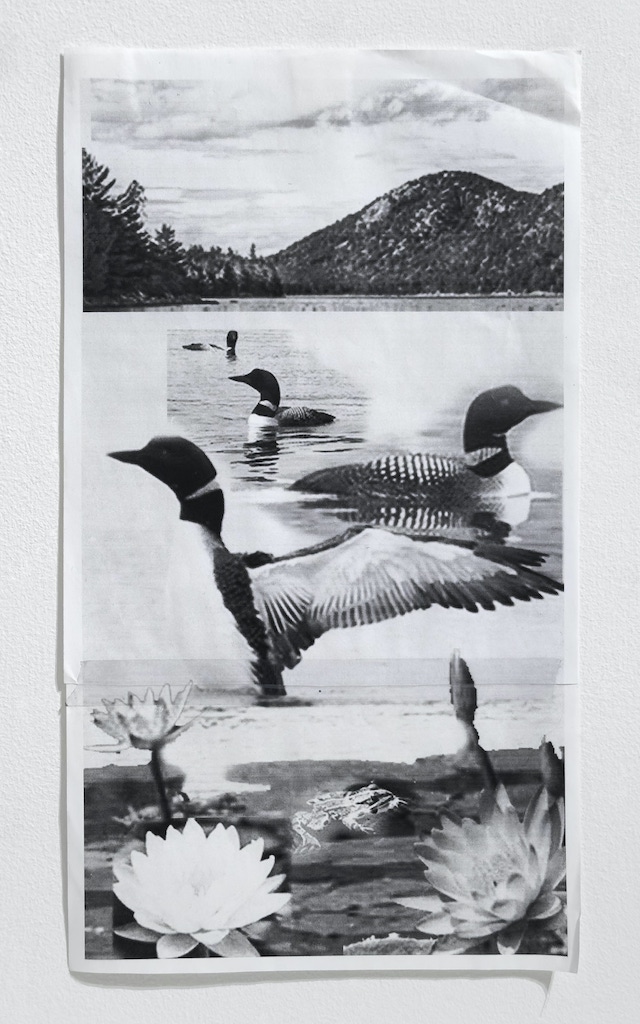
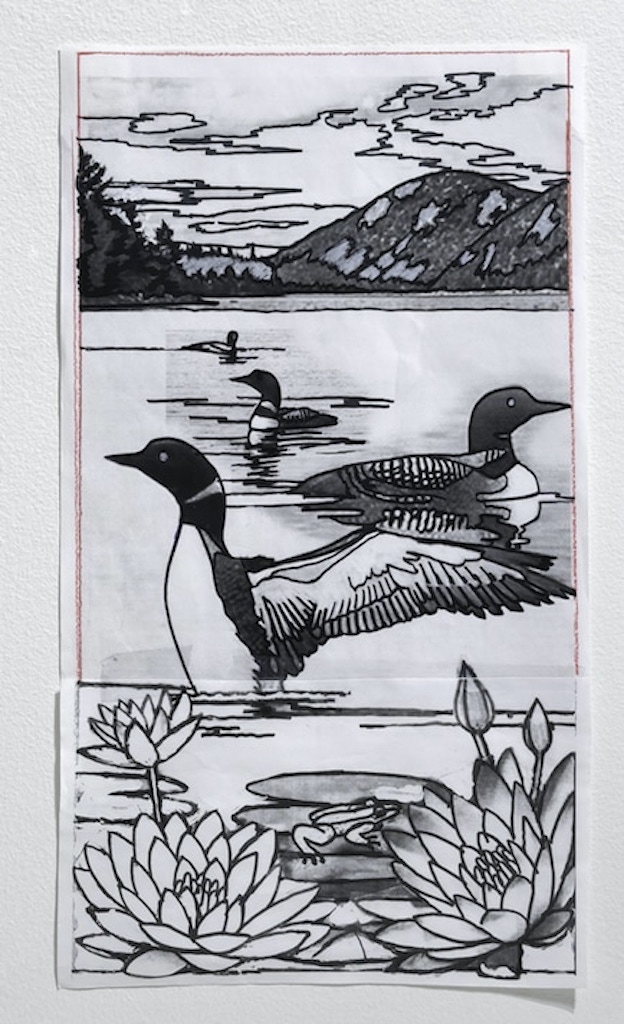
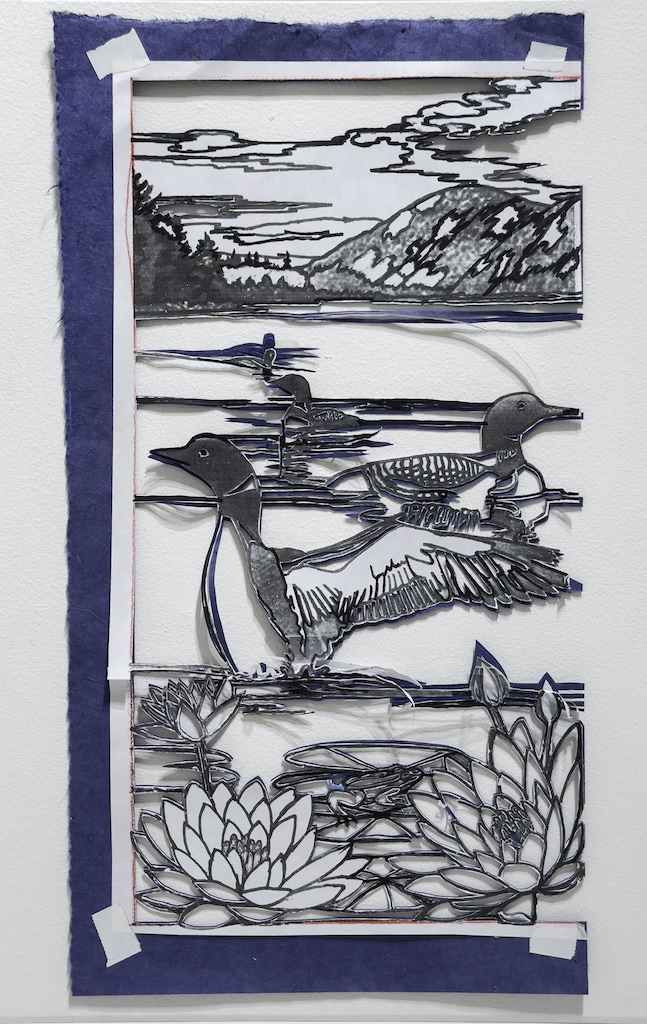
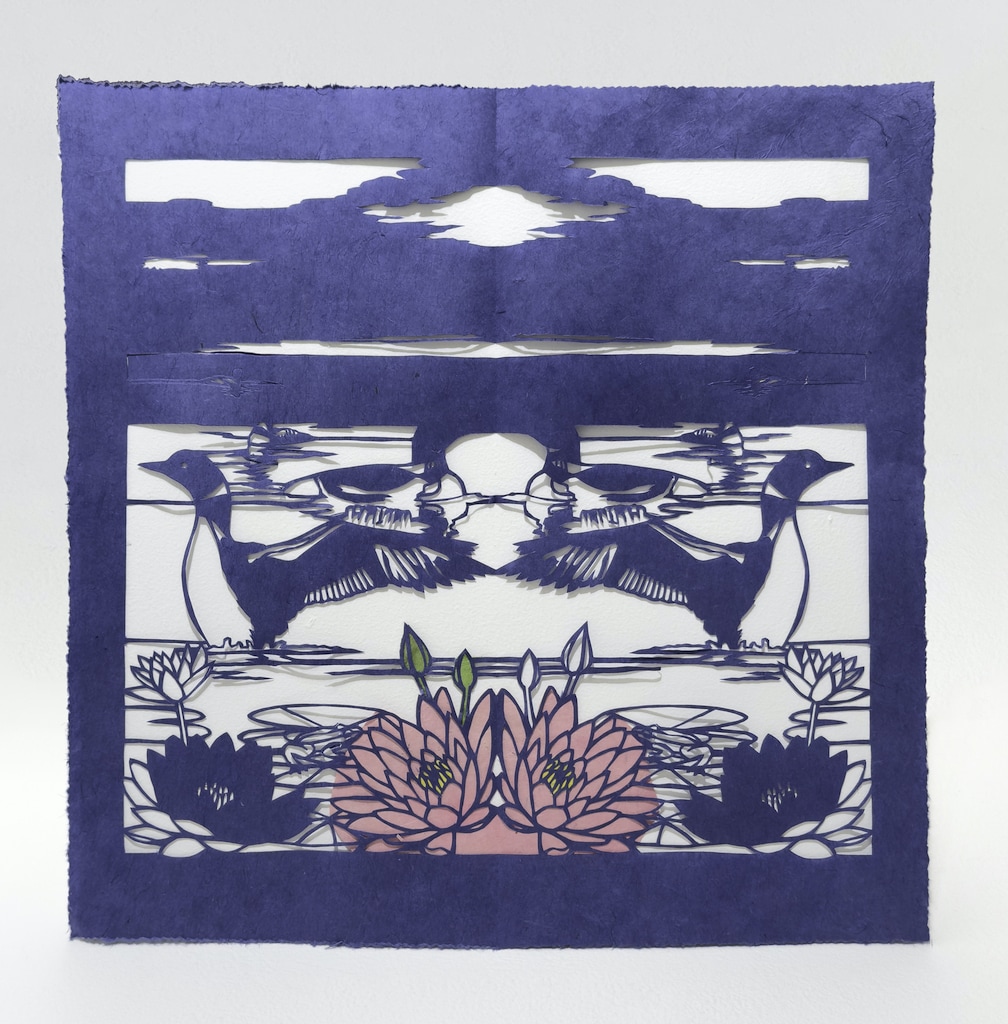
Artist Talk: Lorraine Bubar
Papercut artist Lorraine Bubar talks about how she was inspired to transition from painting and animation to the long-standing tradition of papercut. As an avid world traveler, Bubar noticed that paper cutting was a global and timeless practice. She felt that it was the perfect outlet to convey the intricate and ordered natural beauty she observed on her travels.
Presented in conjunction with the exhibition, Lorraine Bubar: Papercut Perspectives on view September 14, 2024–January 4, 2025.
Recorded-talks-and-interviews
,,,,,
Opening Reception for Erik and Martin Demaine: Puzzling with Paper and Lorraine Bubar: Papercut Perspectives
Please join in to celebrate the opening of this exhibition featuring different applications of paper as craft. Erik and Martin Demaine create folded paper sculptures as dictated by mathematical theorems, as well as formulas for folding paper into text-based pieces. Los Angeles artist Lorraine Bubar creates lush imagery reflecting the hierarchy and patterns of nature through the cutting and layering of fine Asian colored papers.
Erik & Martin Demaine
Erik Demaine and Martin Demaine are a father-son math-art team. Erik is at the Massachusetts Institute of Technology, as a Professor in Computer Science. He received a MacArthur Fellowship in 2003. Martin started the first private hot glass studio in Canada and has been called the father of Canadian glass. Since 2005, Martin Demaine has been an Artist-in-Residence at the Massachusetts Institute of Technology. In these capacities, Erik and Martin work together in paper, glass, and other material. They use their exploration in sculpture to help visualize and understand unsolved problems in science and their scientific abilities to inspire new art forms. Their artistic work includes over 300 curved origami sculptures, including pieces in the permanent collections of the Museum of Modern Art (MoMA) in New York and the Renwick Gallery in the Smithsonian. Their scientific work includes over 100 published joint papers, including several about combining mathematics and art, and spanning over 500 co-authors. They are excited to bring this collaborative research approach to art as well.
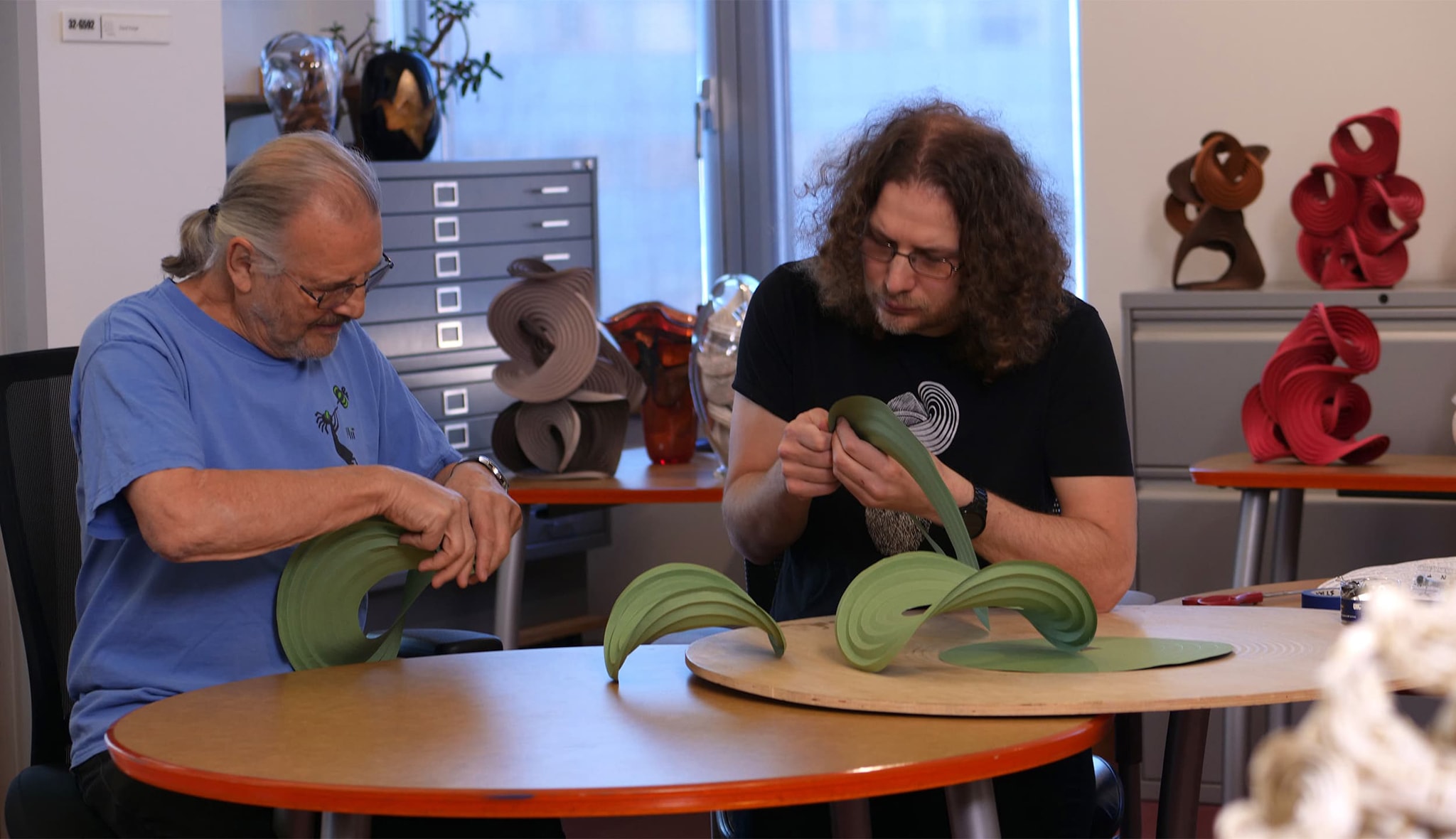
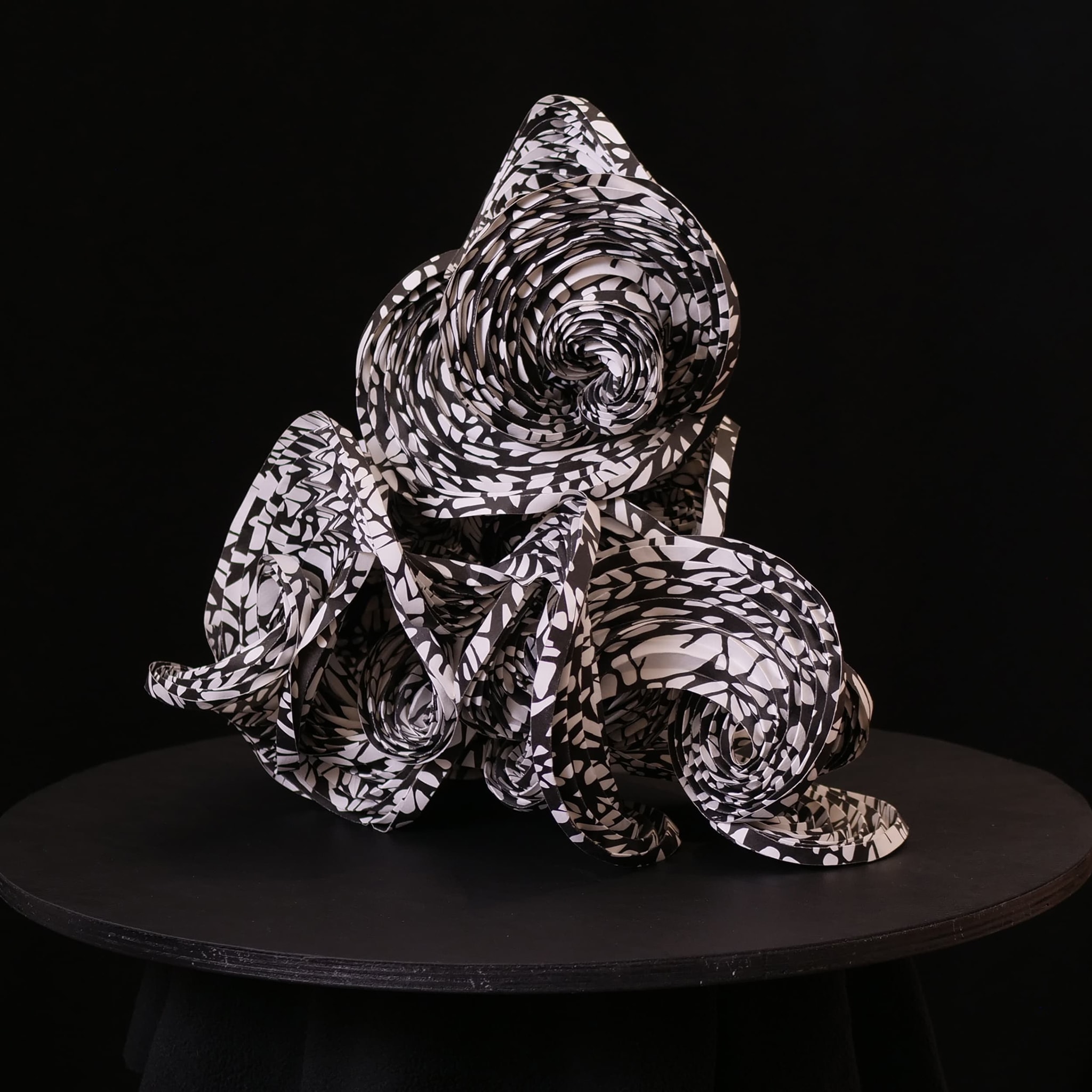
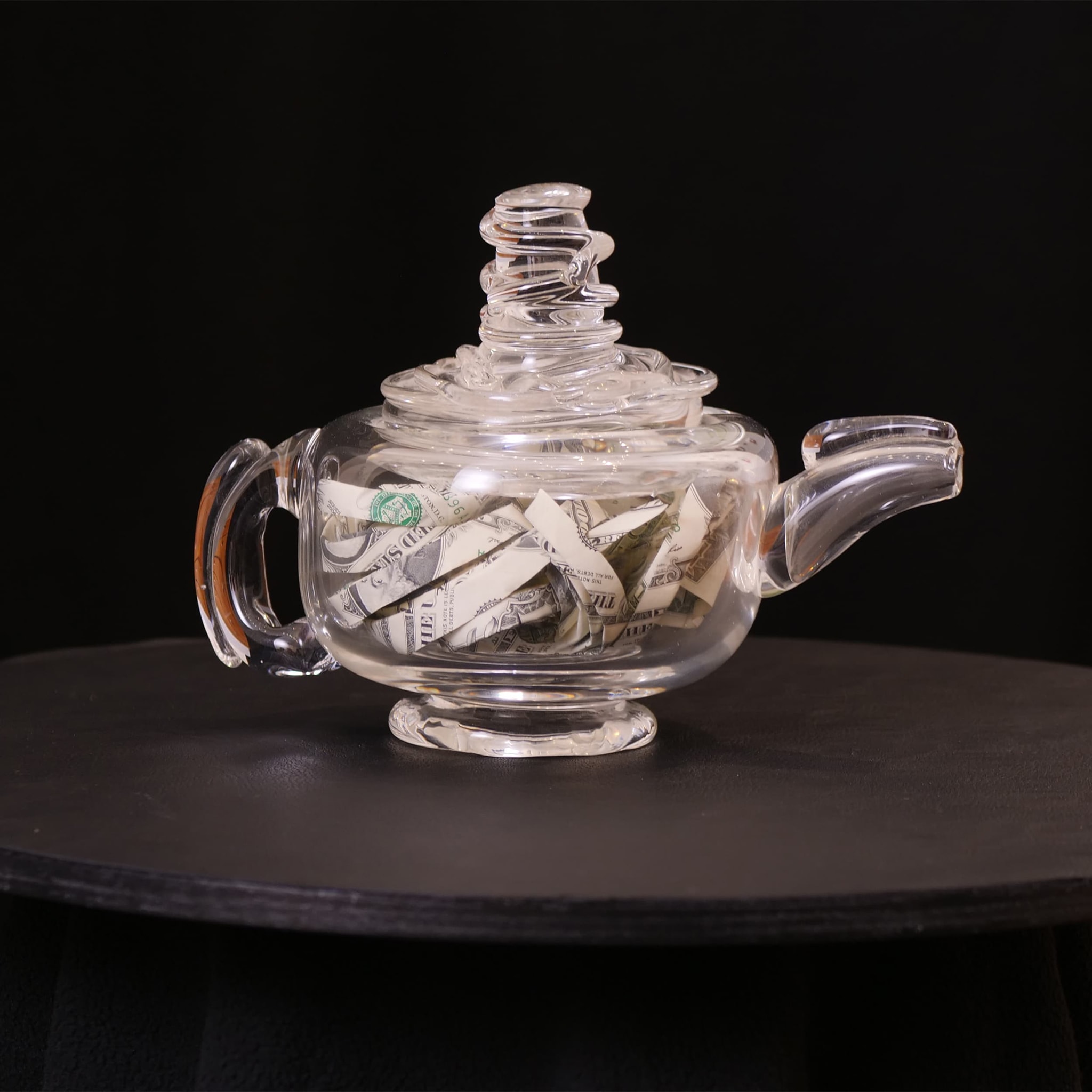
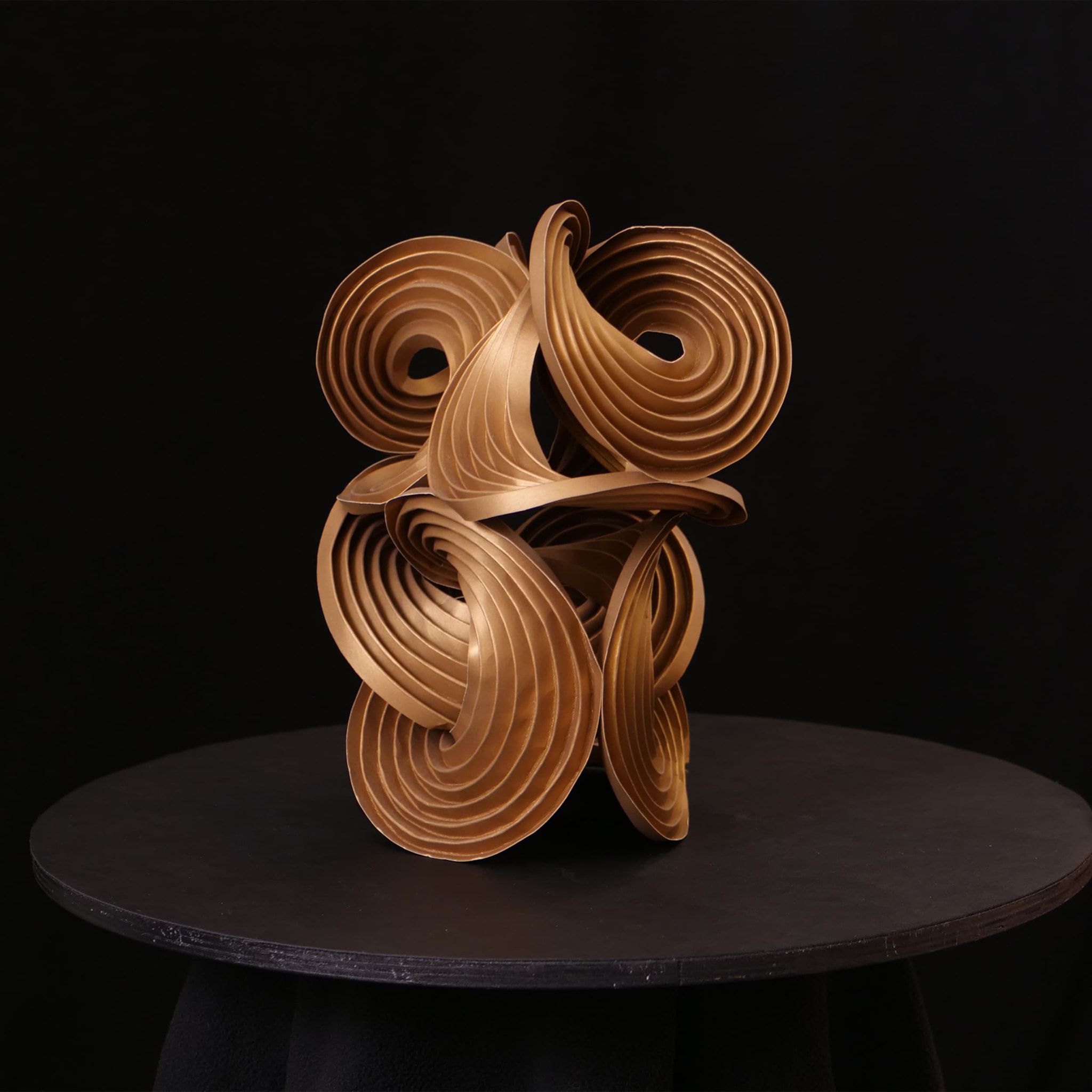
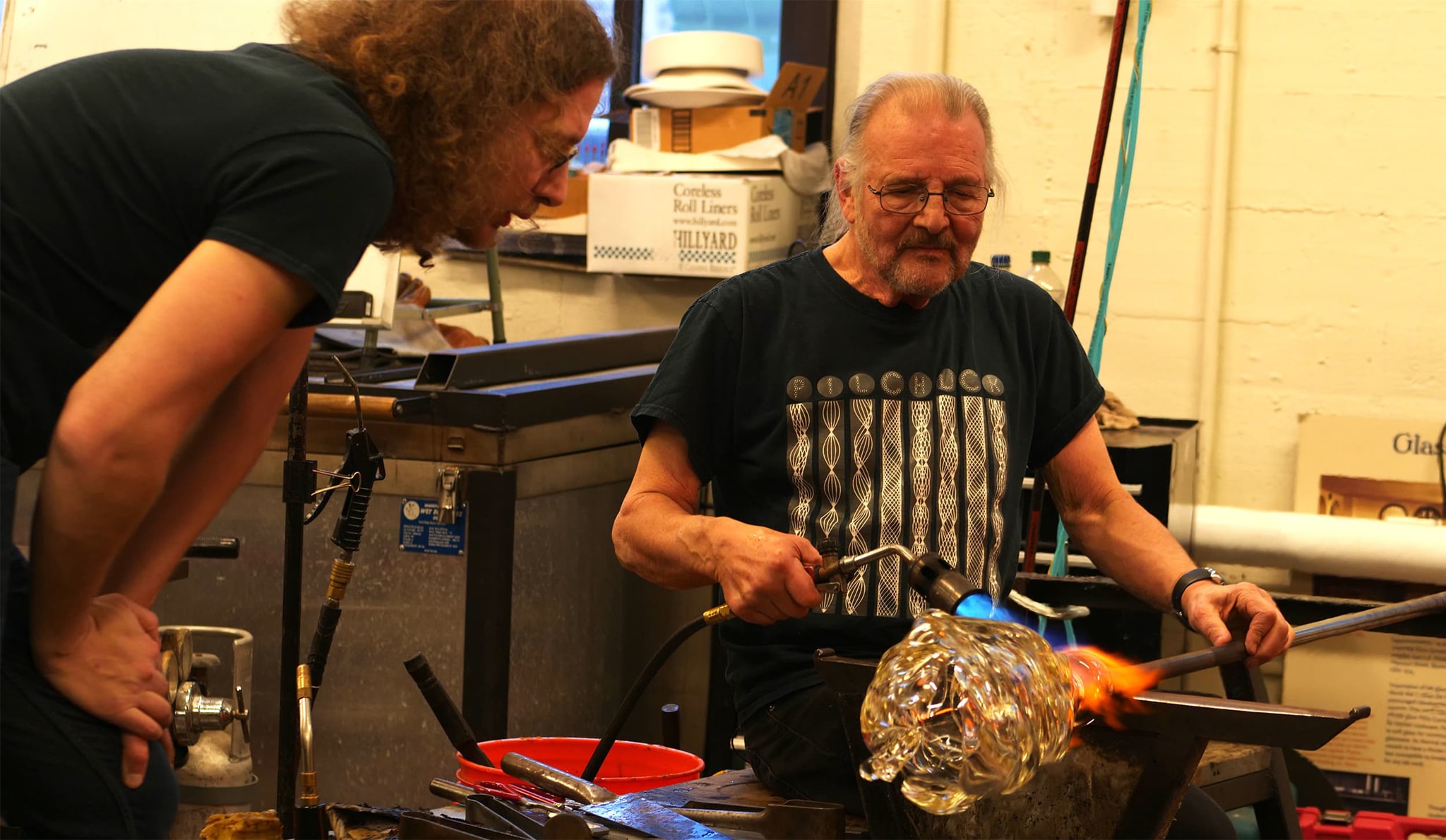
Papier mâché
Artist Roberto Benavidez uses papier mâché to start his bird piñata sculptures, making work inspired by Hieronymus Bosch and medieval illuminated manuscripts. Bonus video from the PLAY episode
Erik and Martin Demaine: Puzzling with Paper
In cahoots with his father Martin, the Demaines—who are featured in the upcoming Craft in America episode, SCIENCE—use artwork on their trajectory towards truth. They fold pieces of paper by hand along geometrically-derived lines and magically transform flat sheets into intricately curved constructions—while at the same time proving math theorems! The exploration doesn’t stop there. They plot out the pattern of a sunflower’s face, improvise pathways of hot glass on paper, extract Shakespeare’s words, as well as write programs that generate three-dimensional and animated fonts. The duo has a stimulating generative practice that blends disciplines from math to zoology.
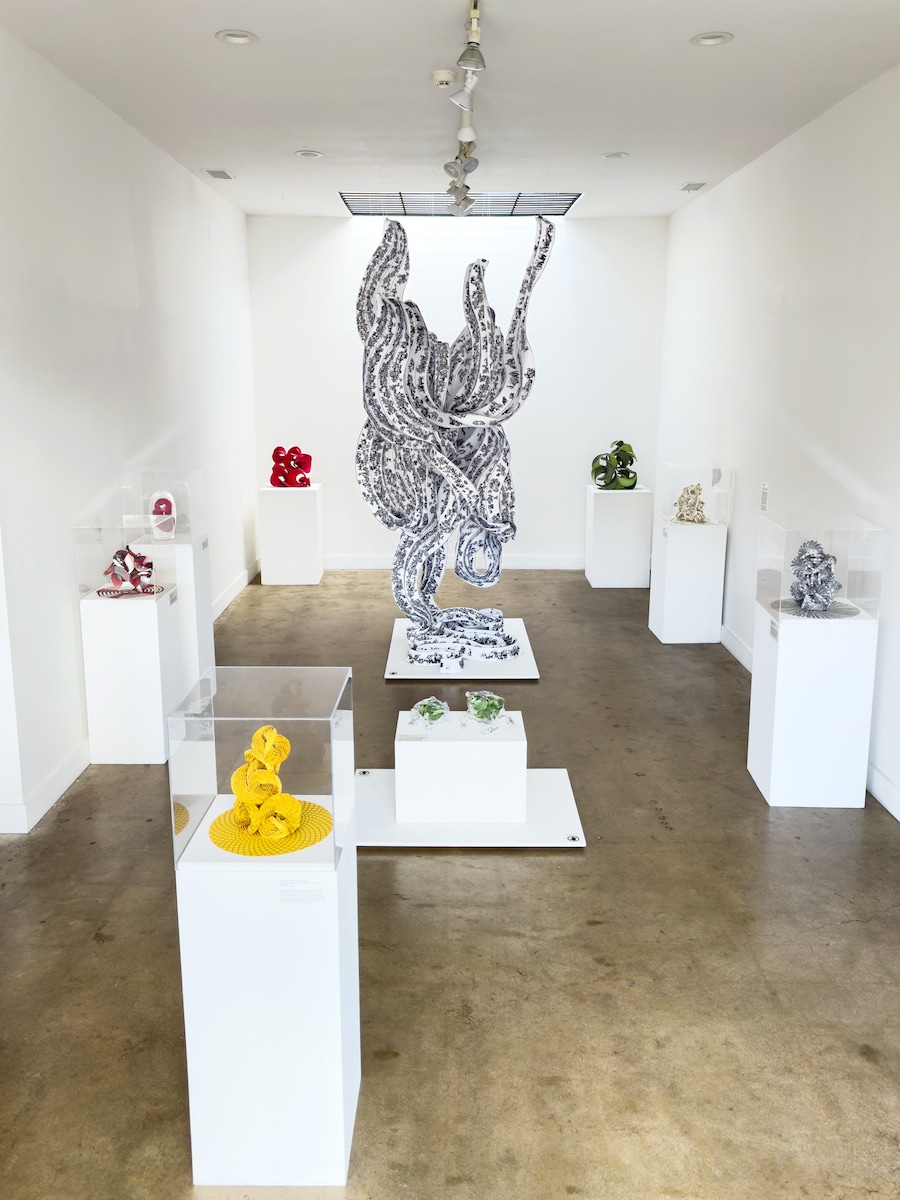
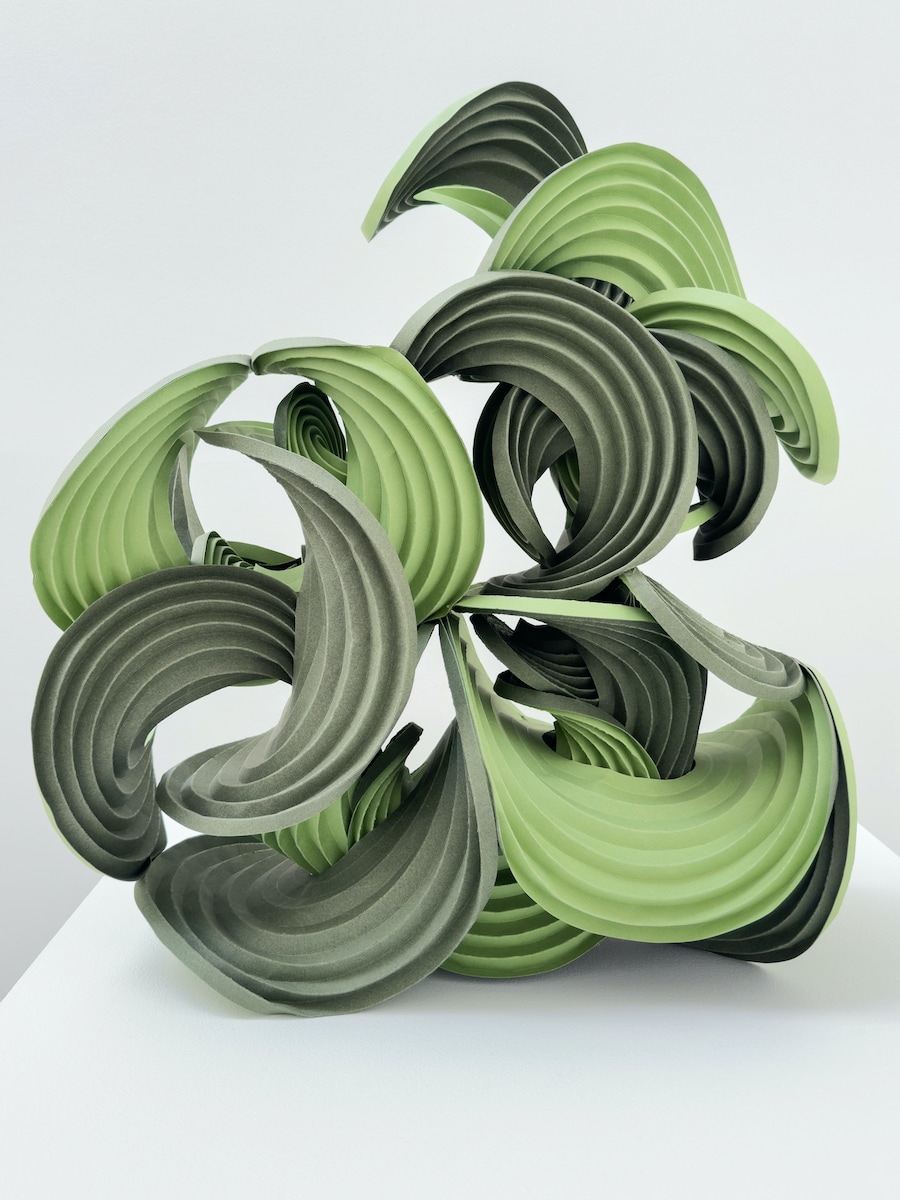
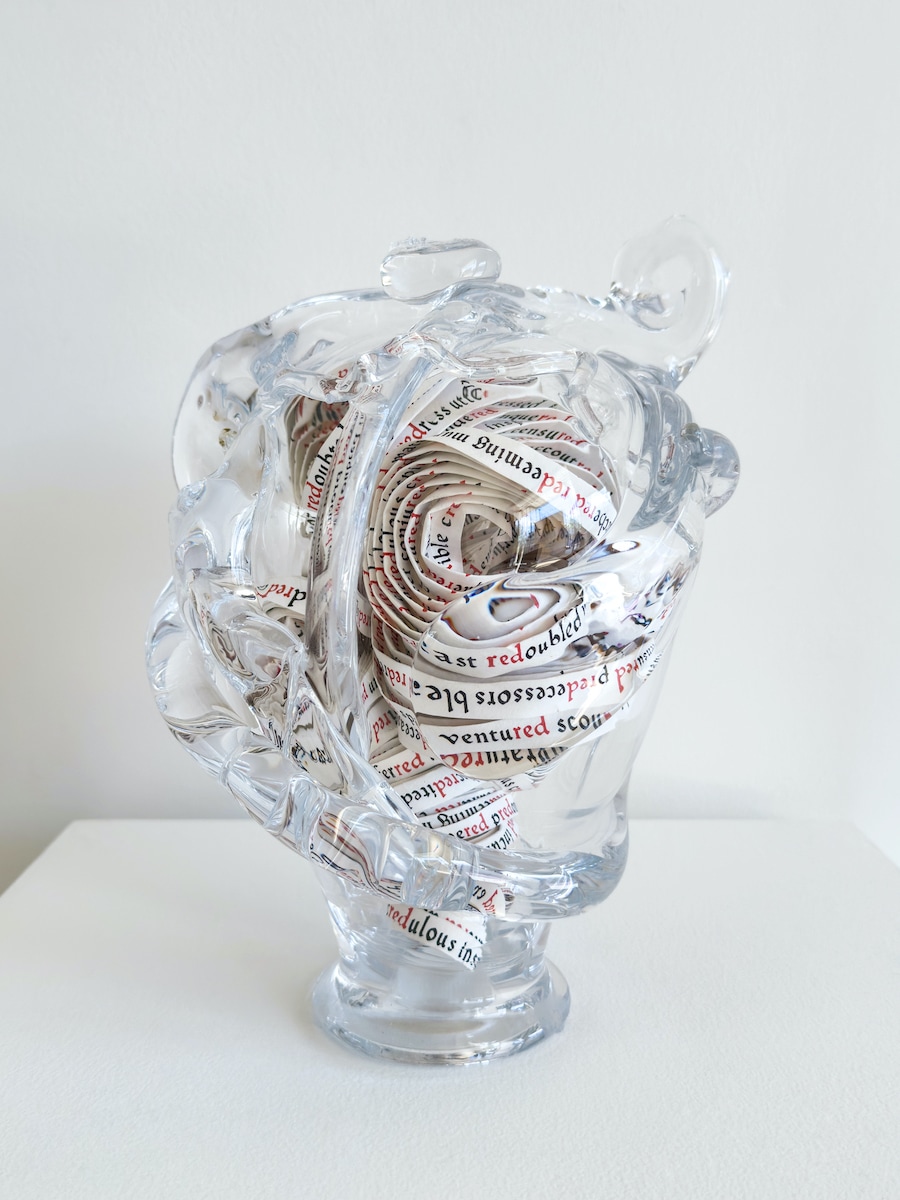
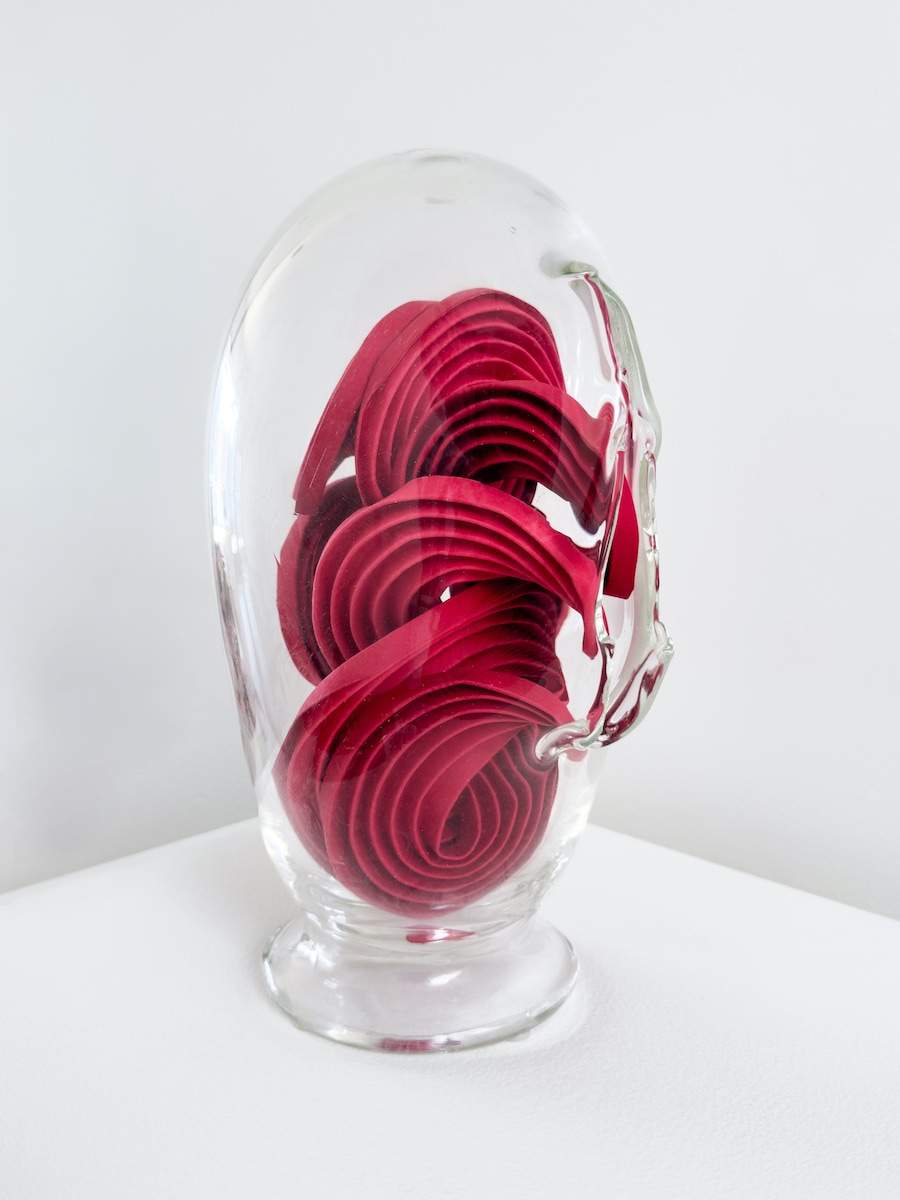
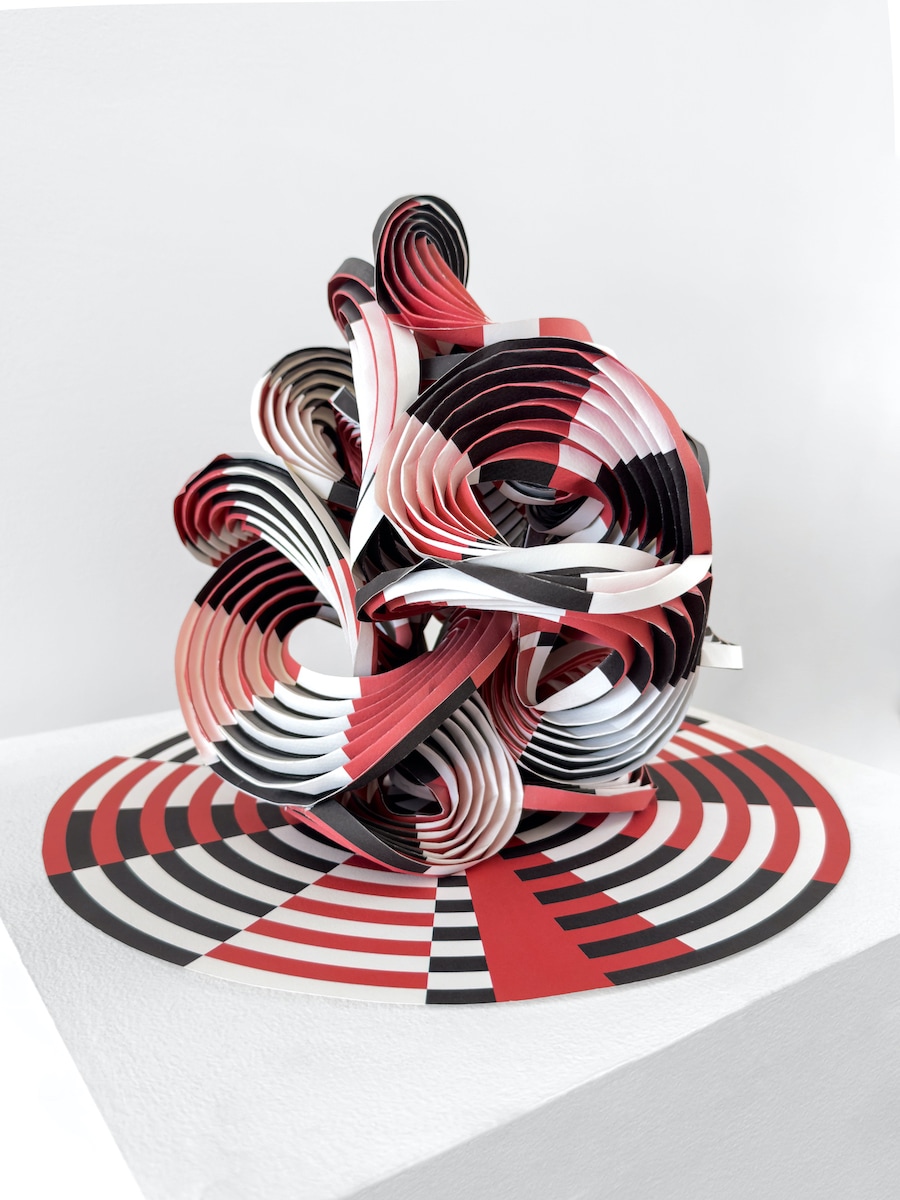
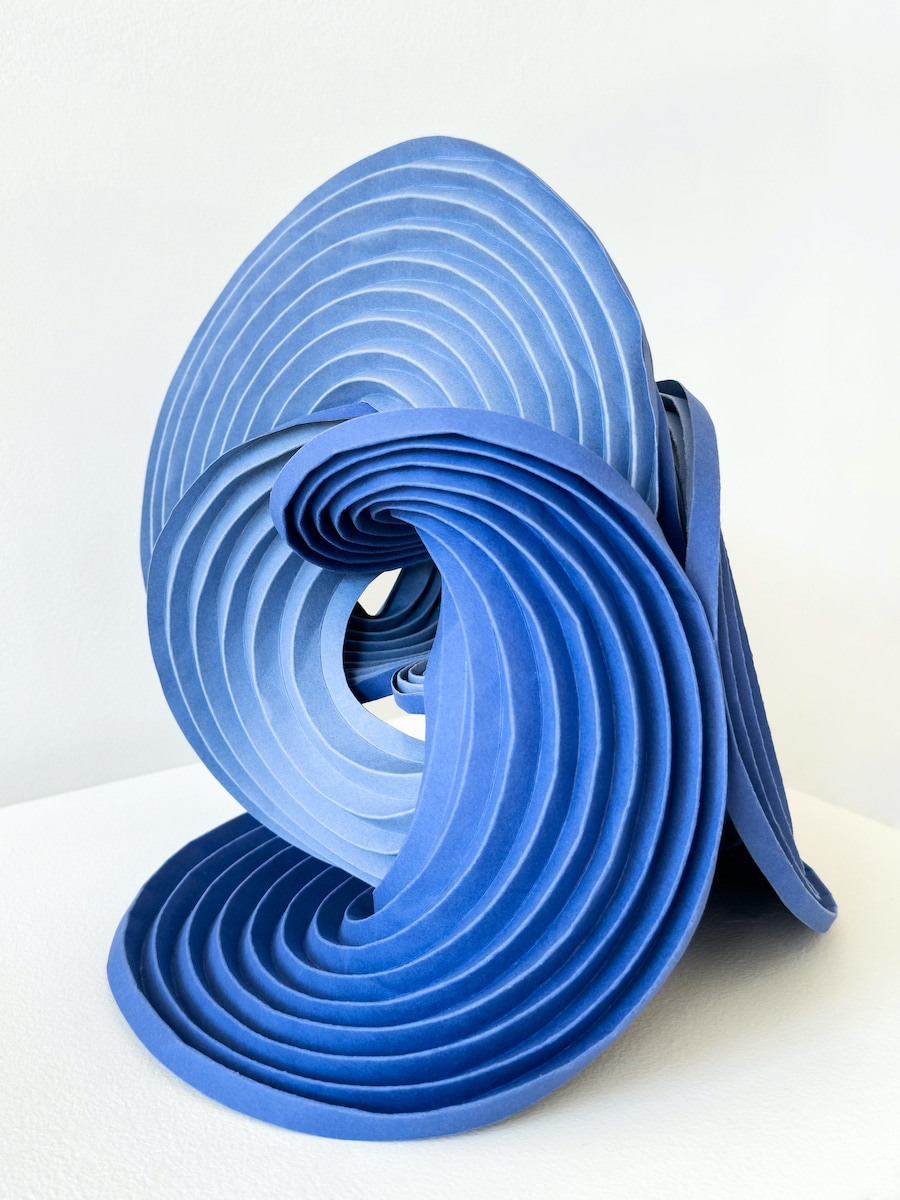
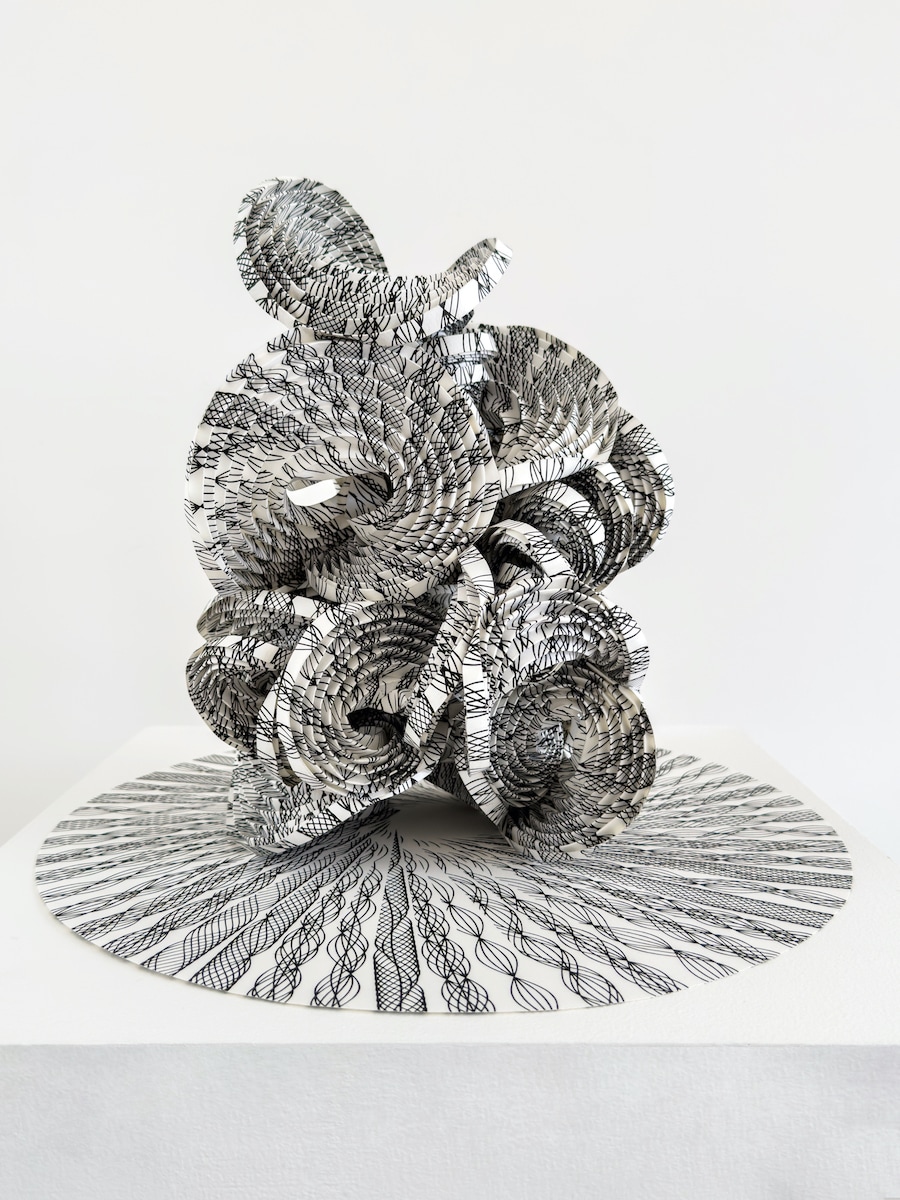
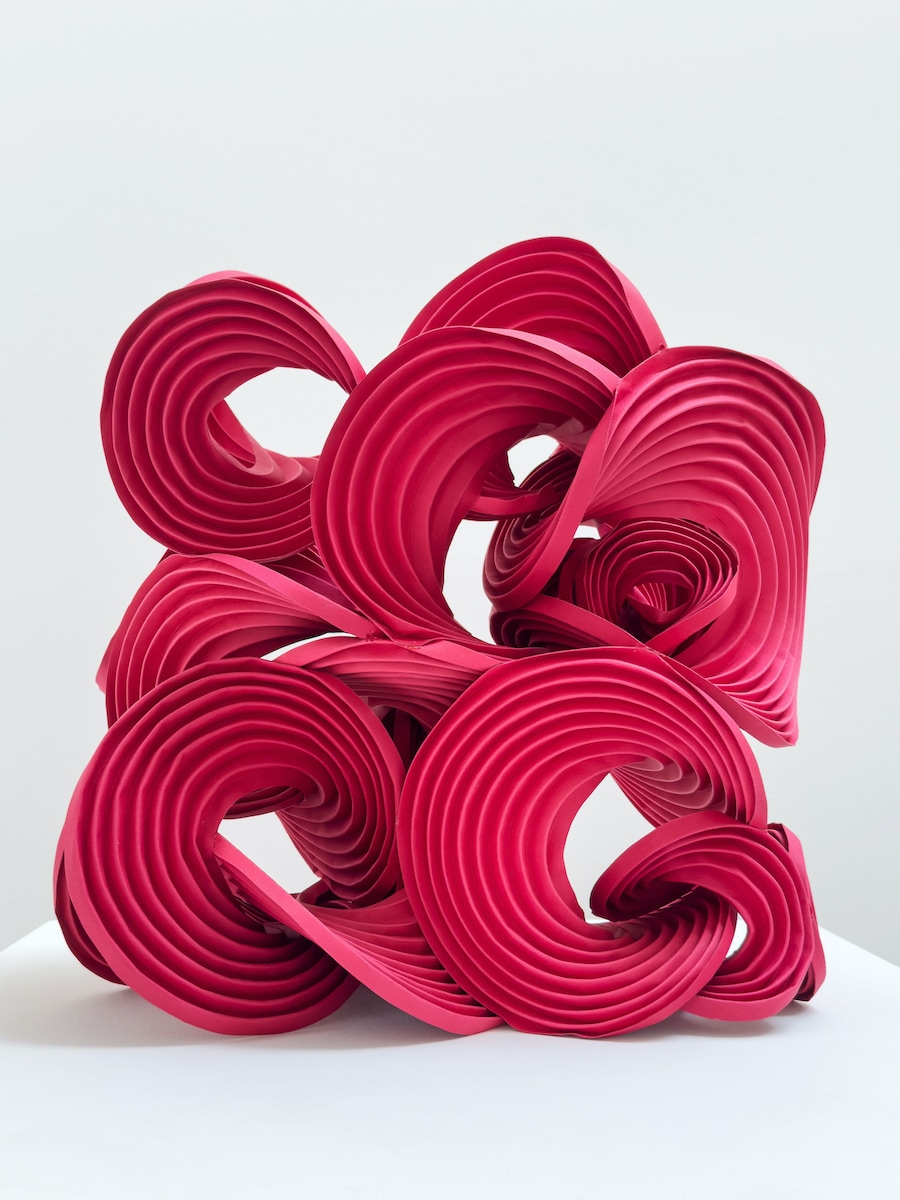
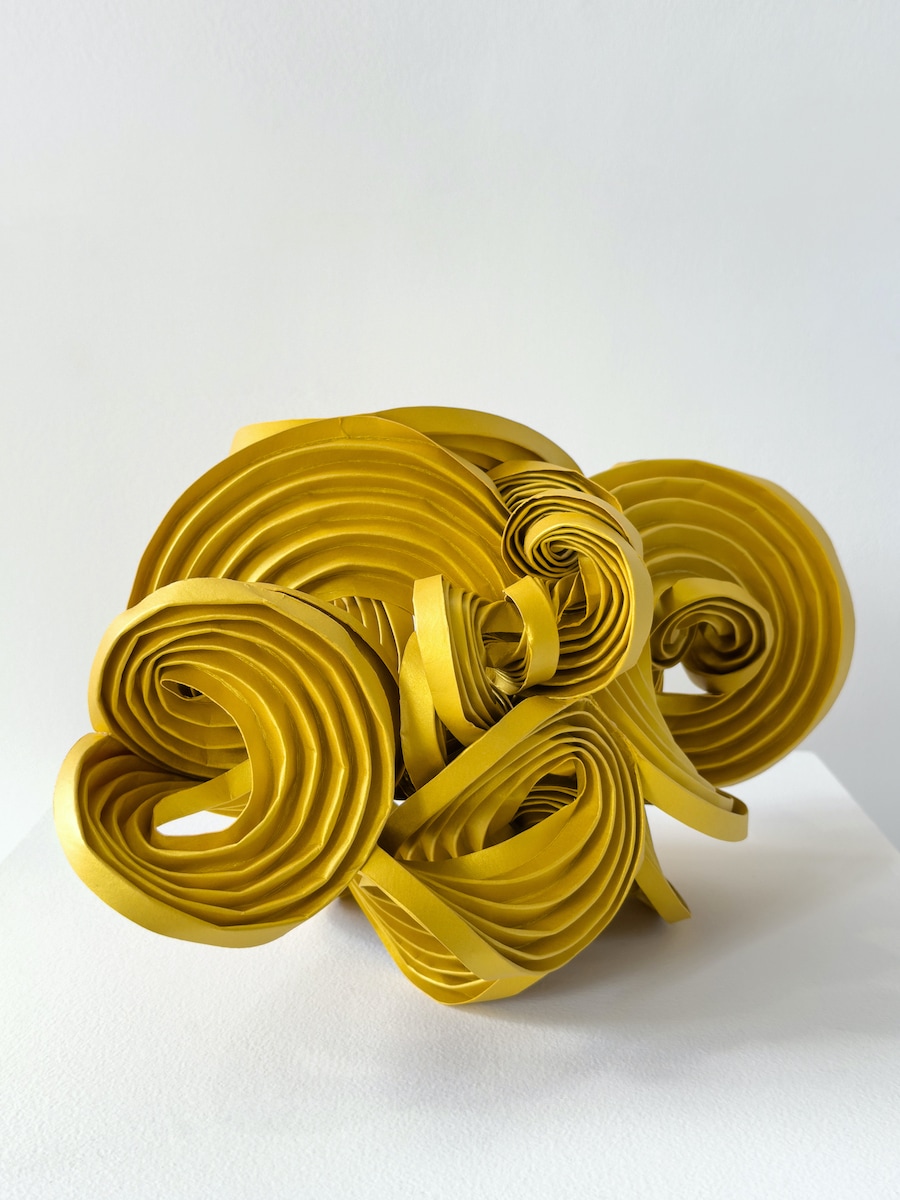
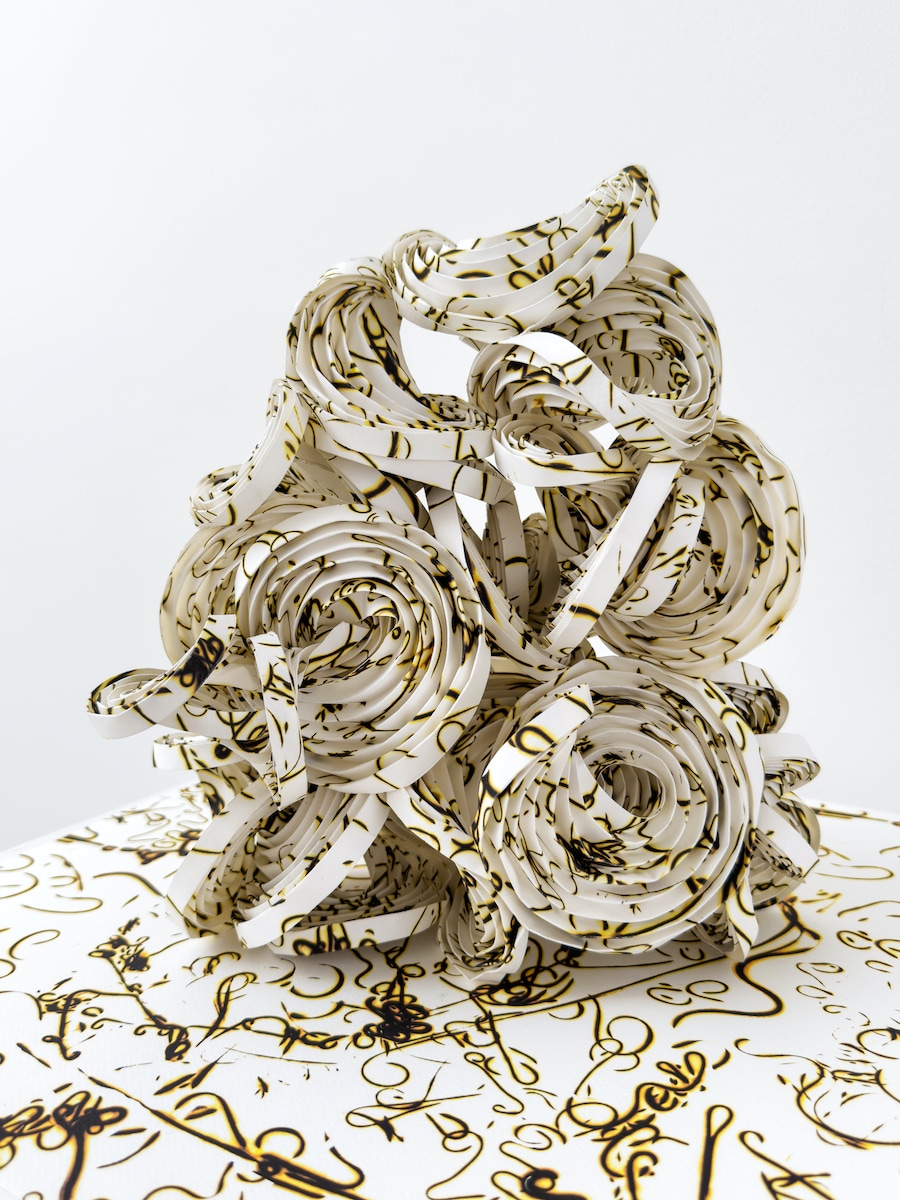
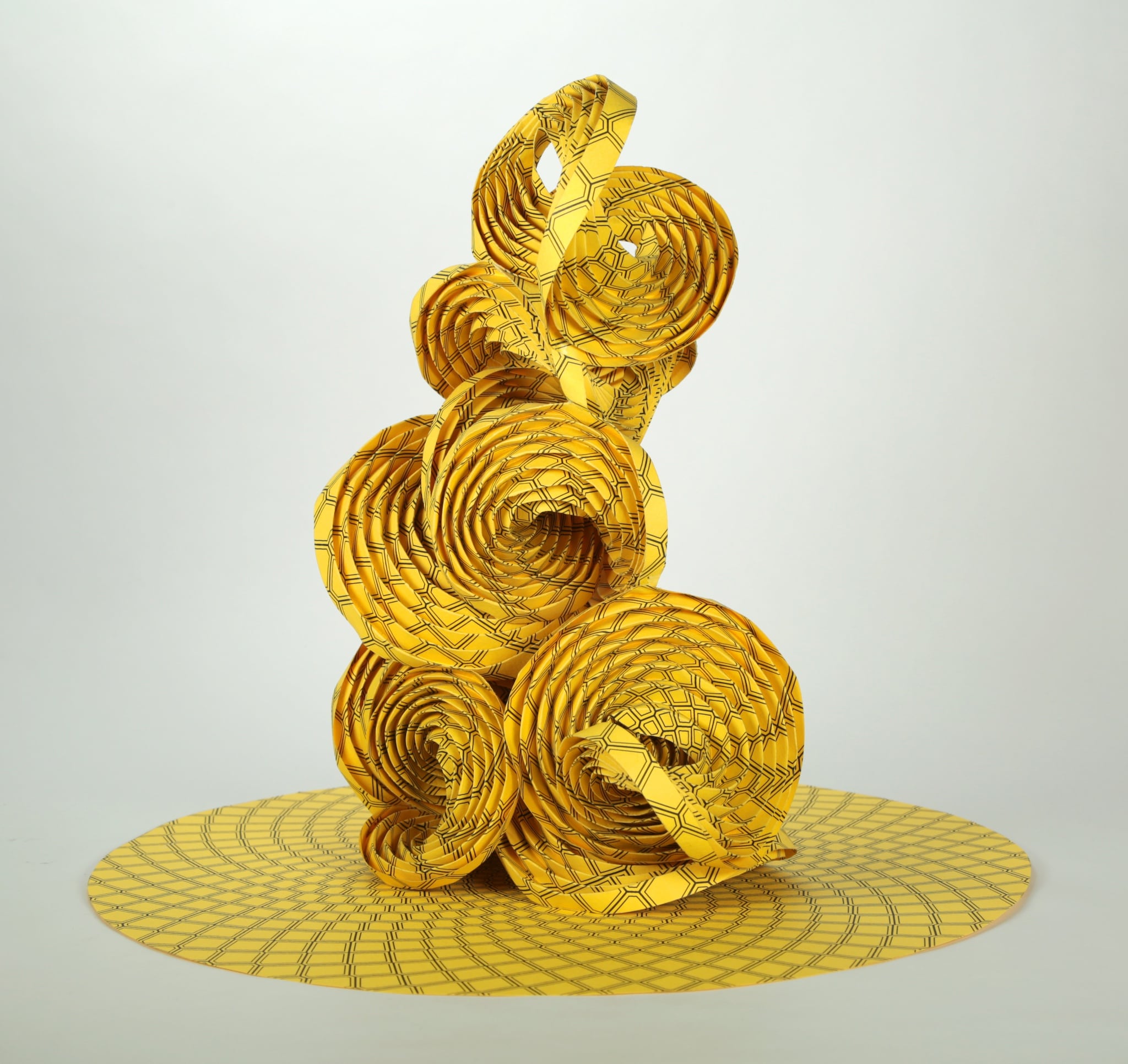
Virtual Gallery
Click and drag, or use your arrow keys, to see a 360º view of the virtual space.
Virtual Gallery
Click and drag, or use your arrow keys, to see a 360º view of the virtual space.
This project is supported in part by an award from the National Endowment for the Arts.
To find out more about how National Endowment for the Arts grants impact individuals and communities, visit www.arts.gov.
Lorraine Bubar: Papercut Perspectives
The art of paper cutting transcends time and cultures; this universality is what drew local artist Lorraine Bubar to it as a form of expression. The former animation pro turned her attention to cutting and composing with fine colored Asian papers to depict the exquisite beauty of the natural world. Bubar’s papercuts reveal the hierarchy of nature and the intricate layers within it. The symmetry and lacey patterns she incorporates allude to the complex fractals to be found in nature itself. The scale and extent to which the artist pushes the medium, emphasize both the strength and fragility that humble paper possesses.
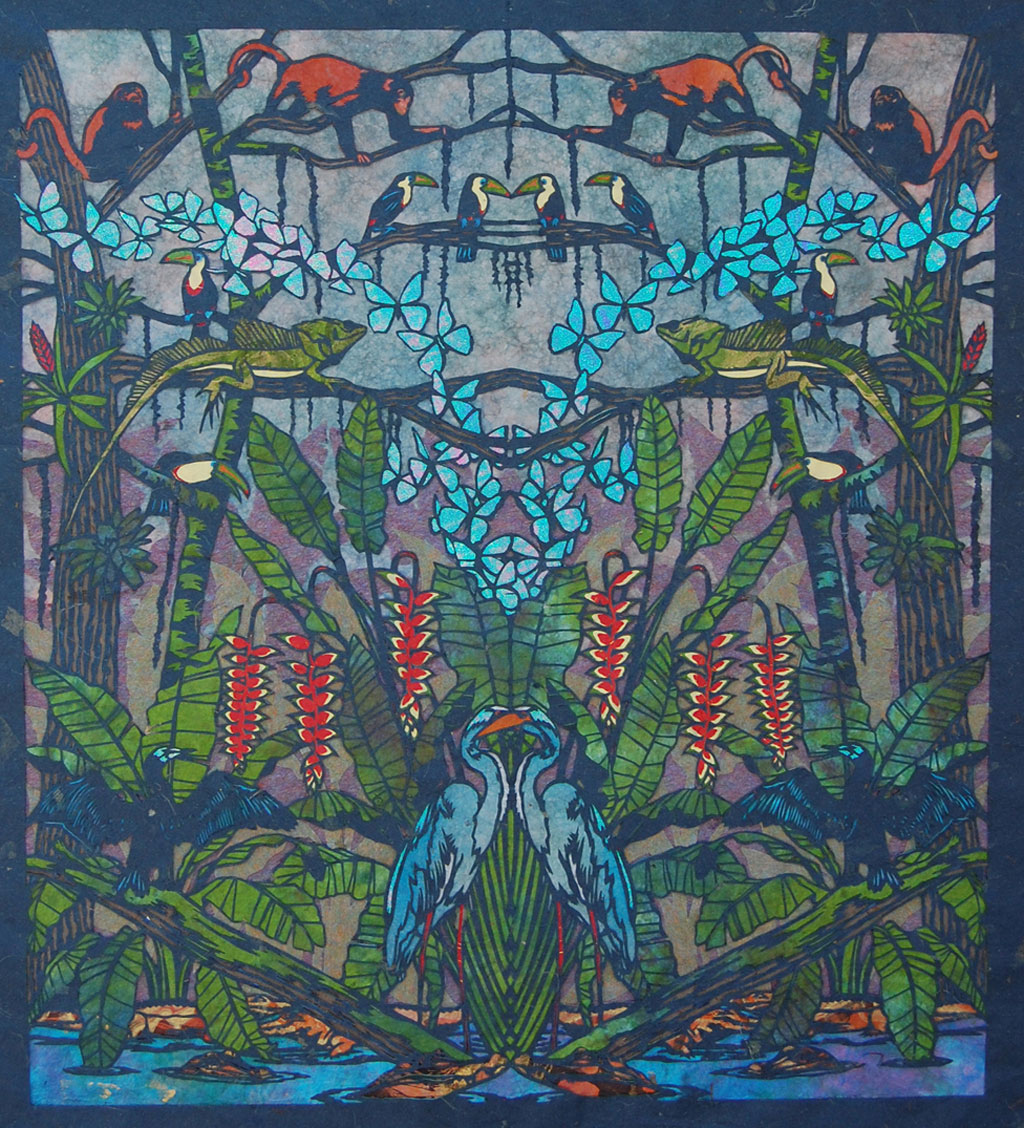
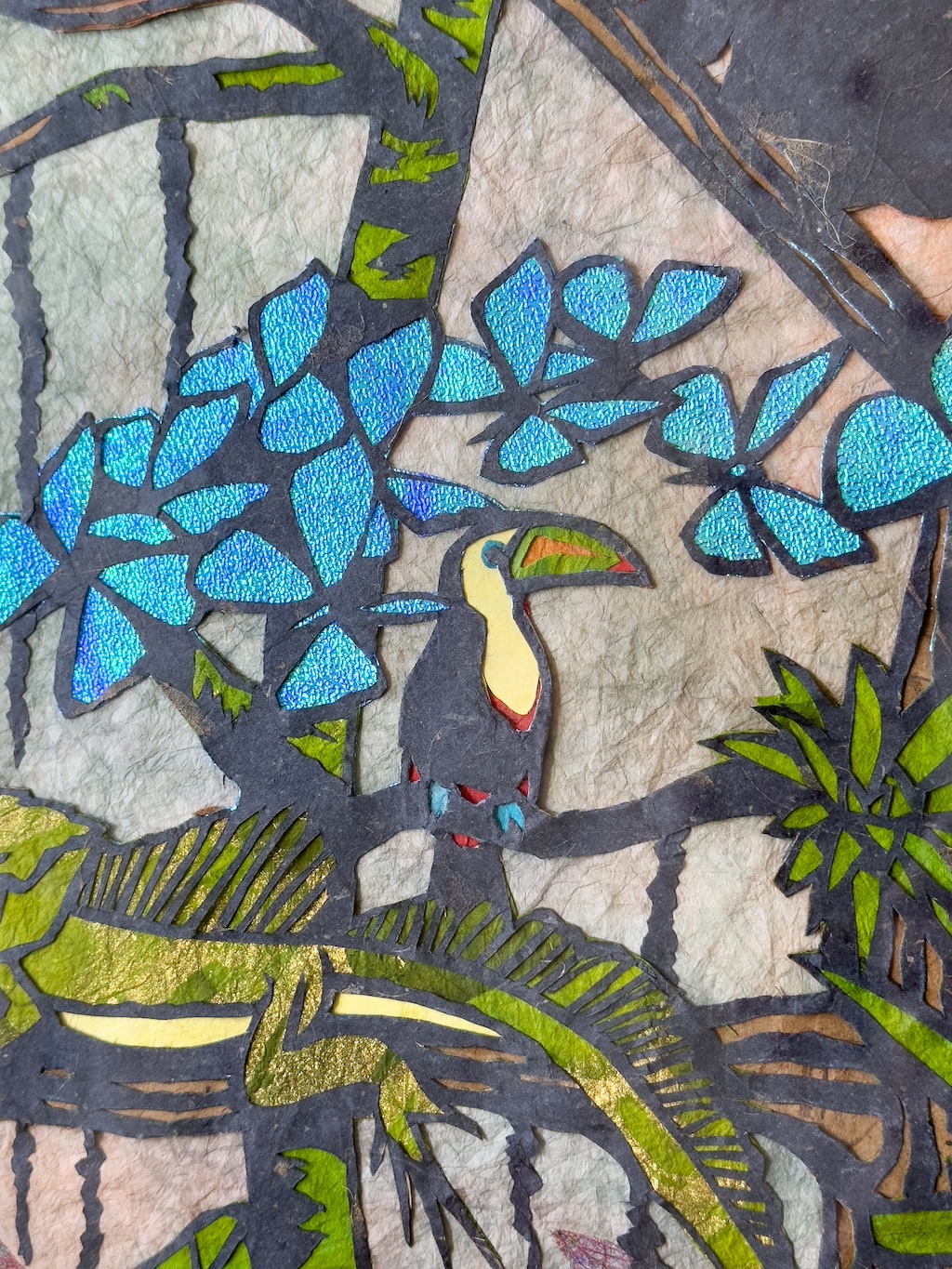
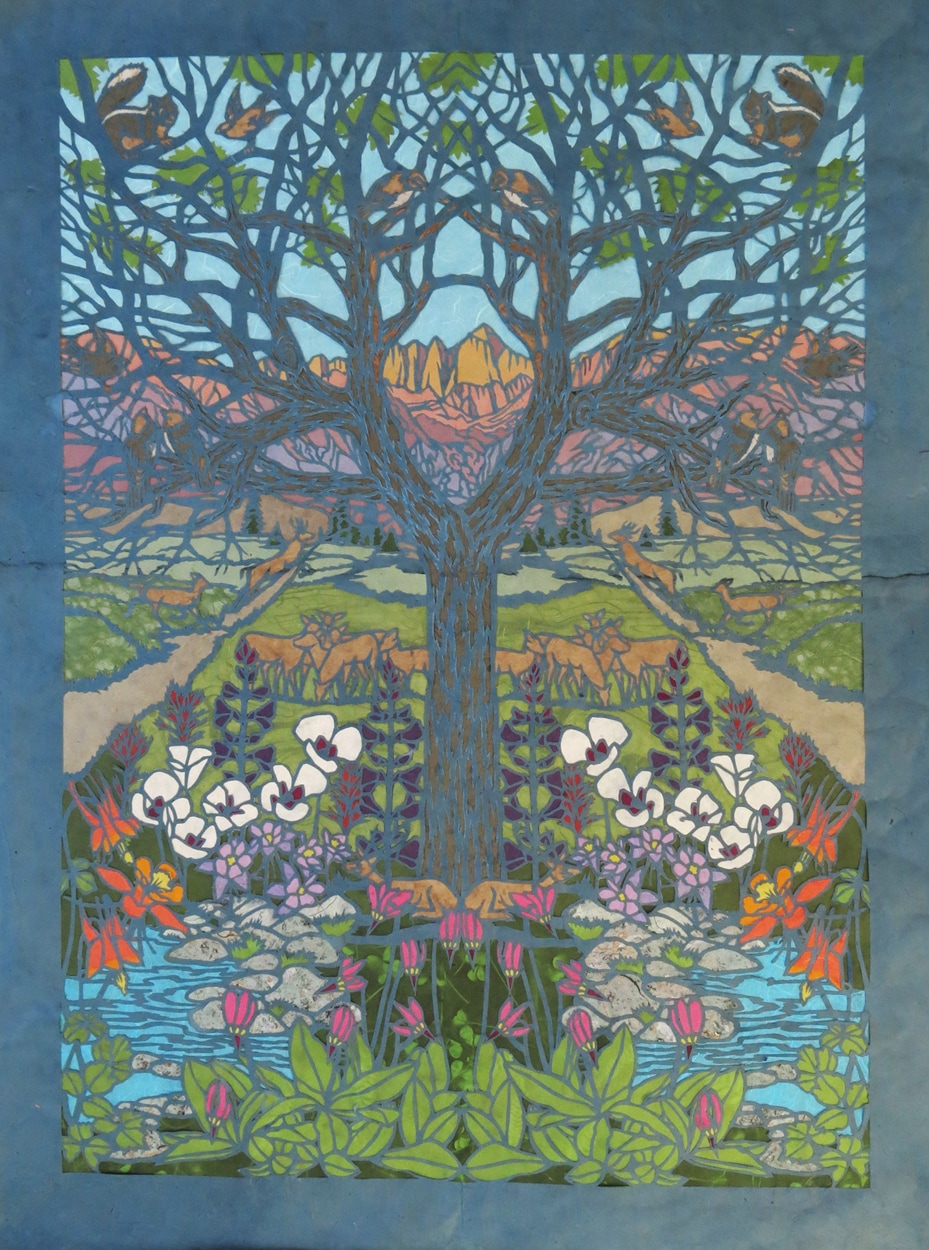
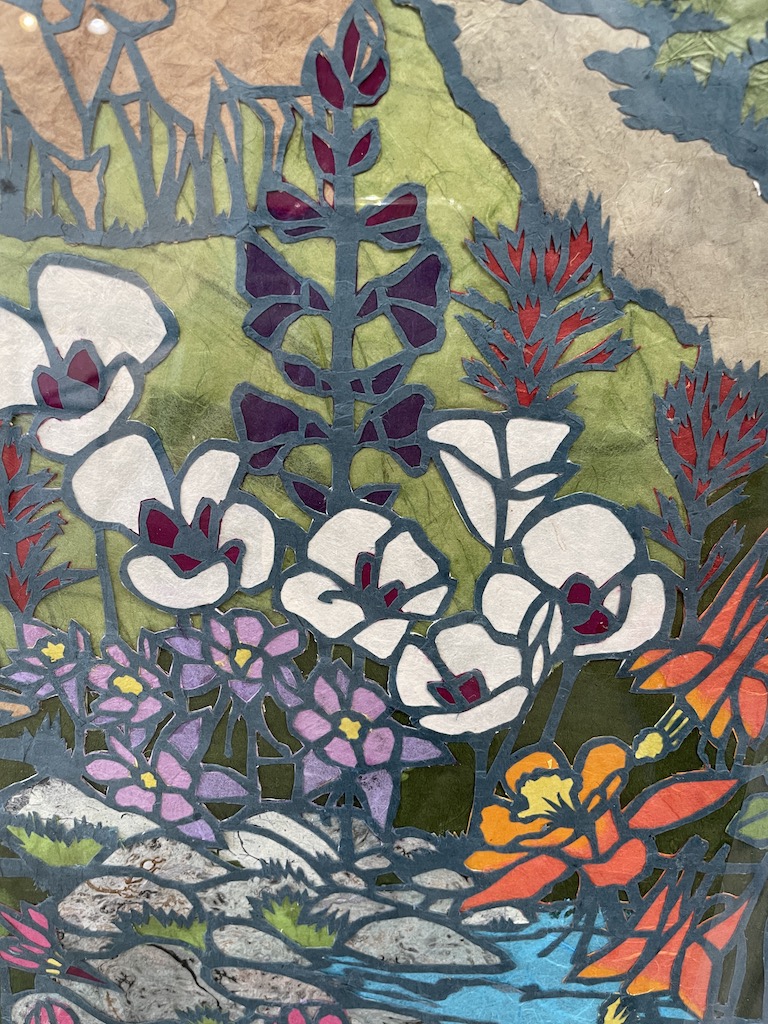
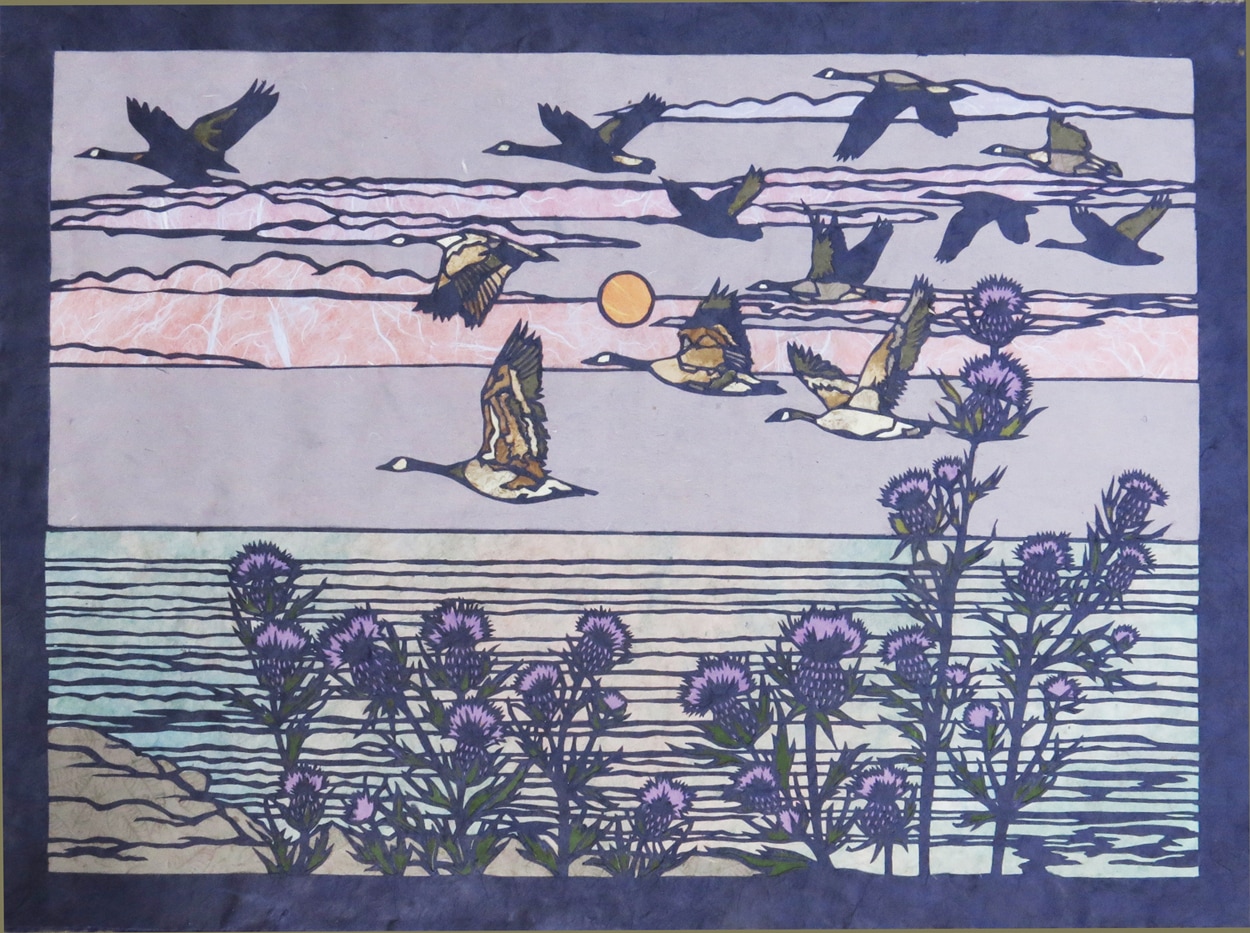
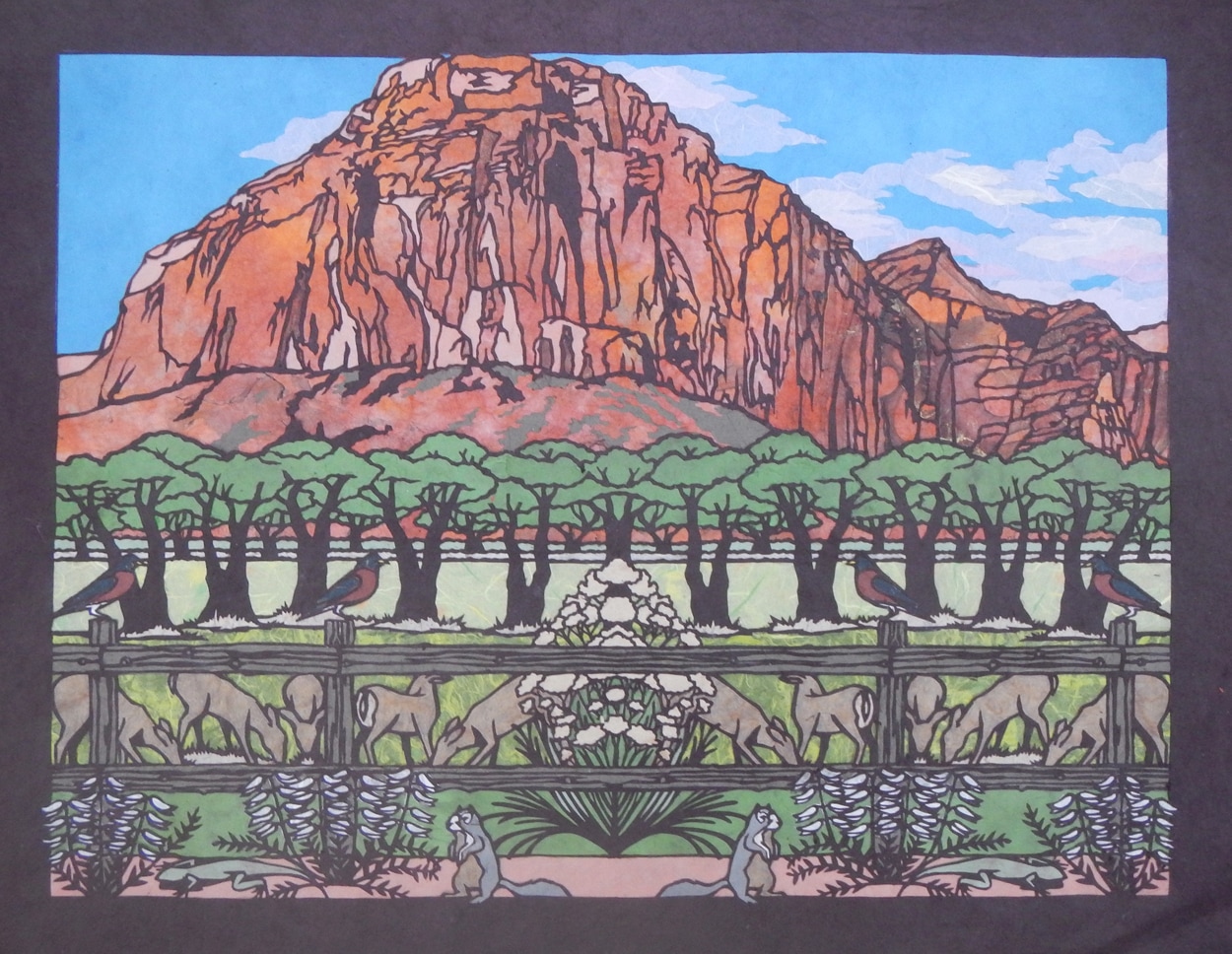
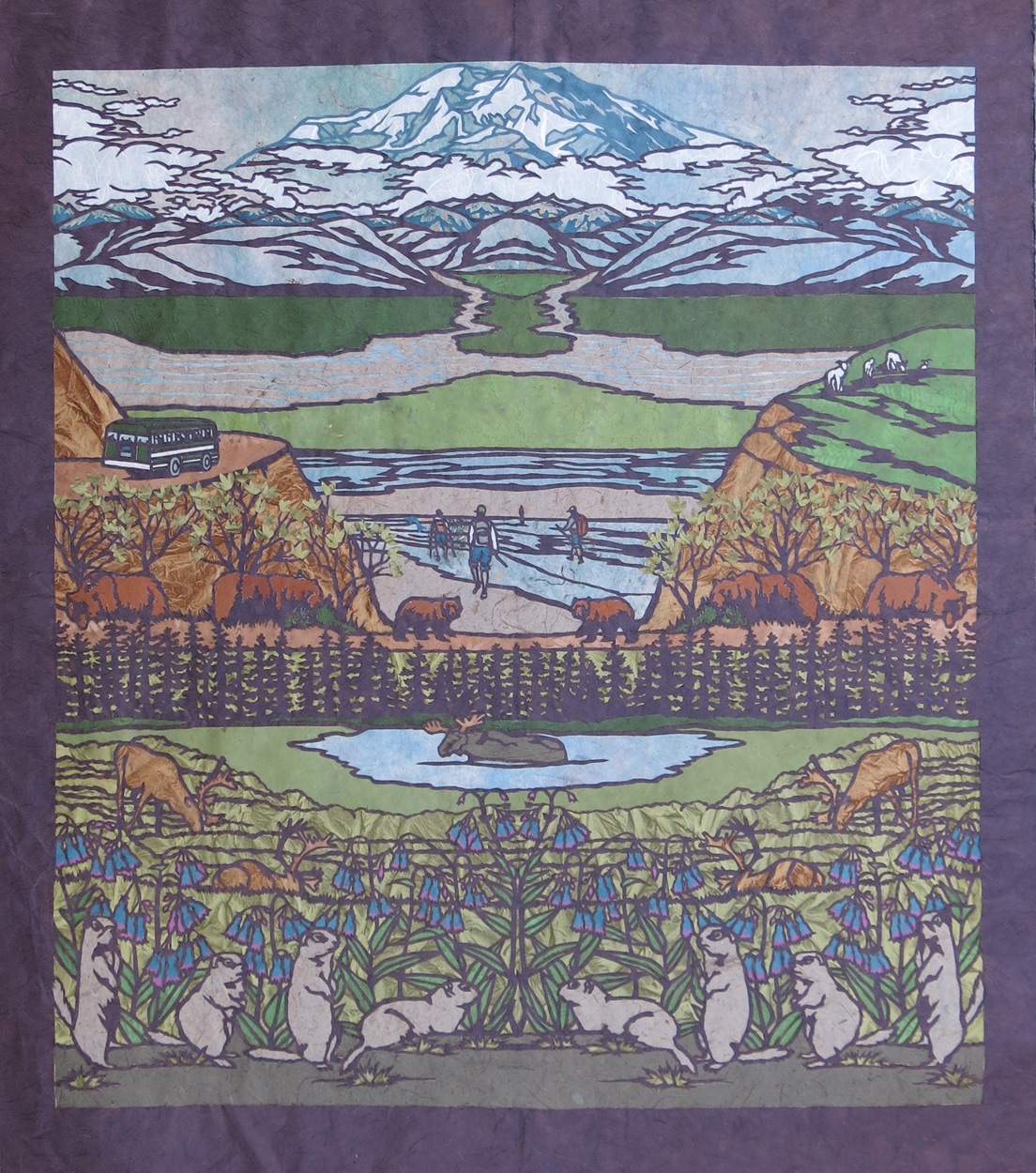
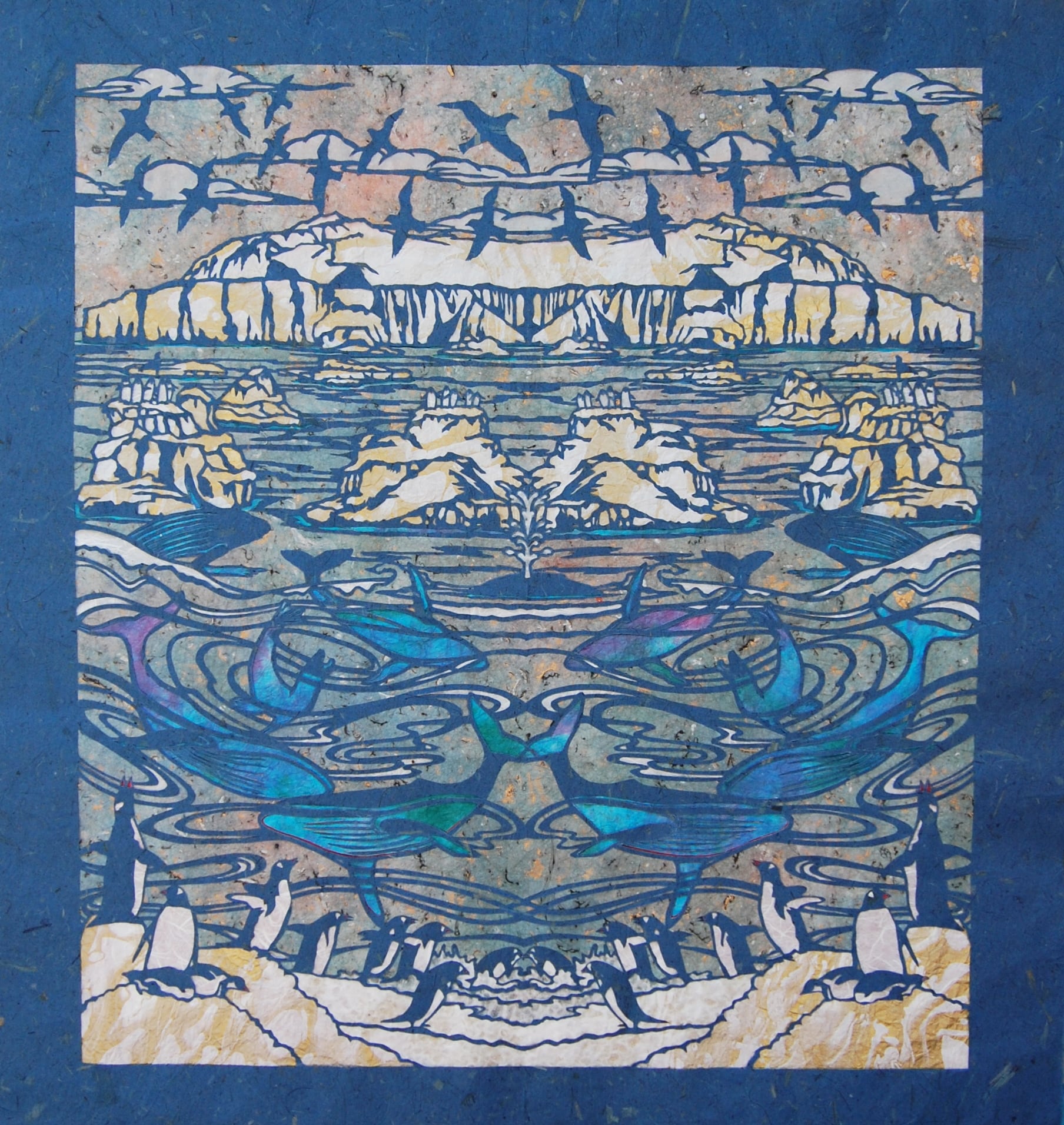
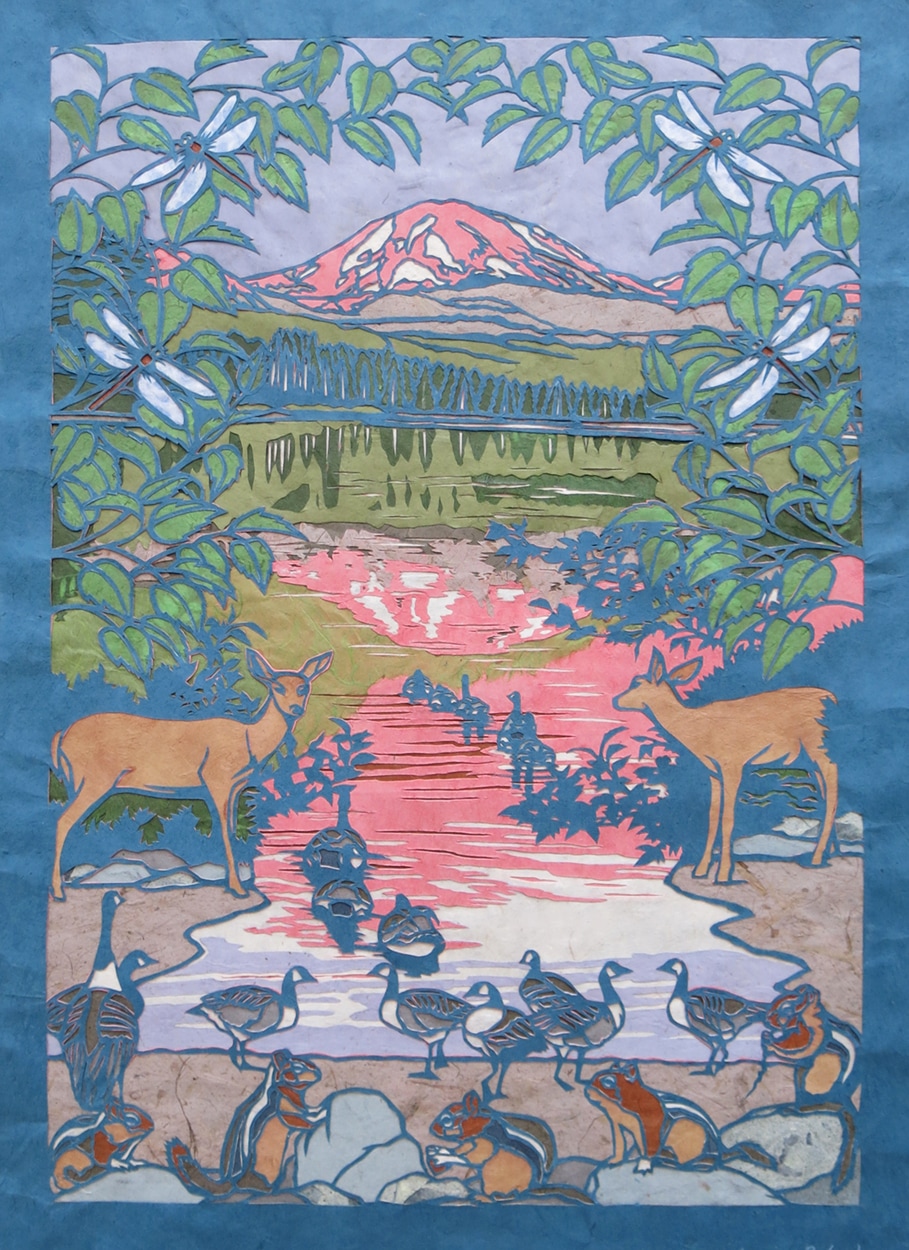
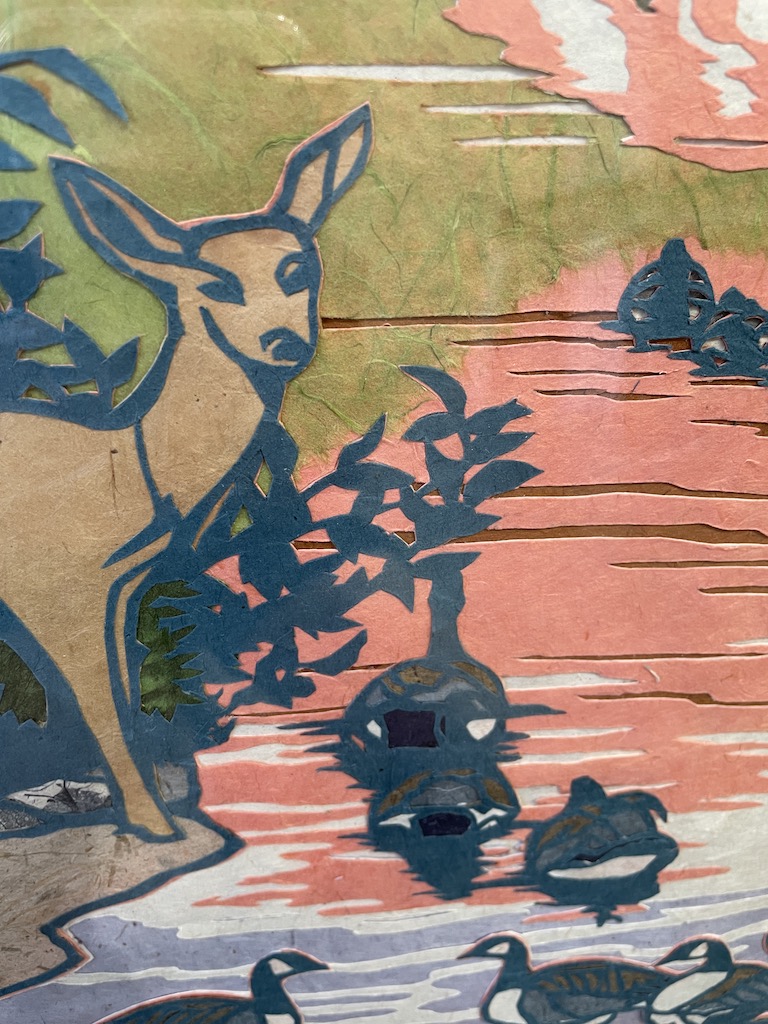
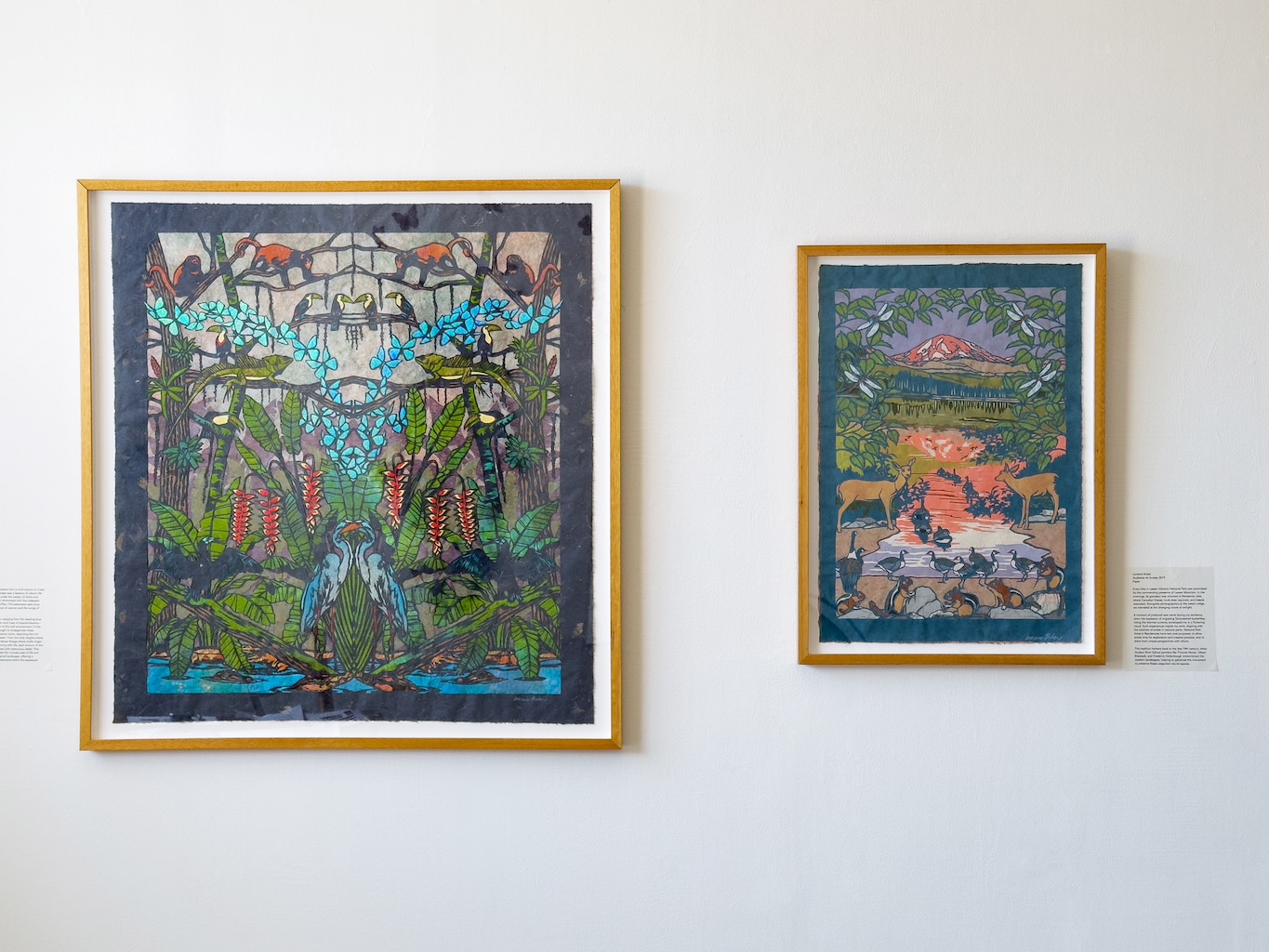
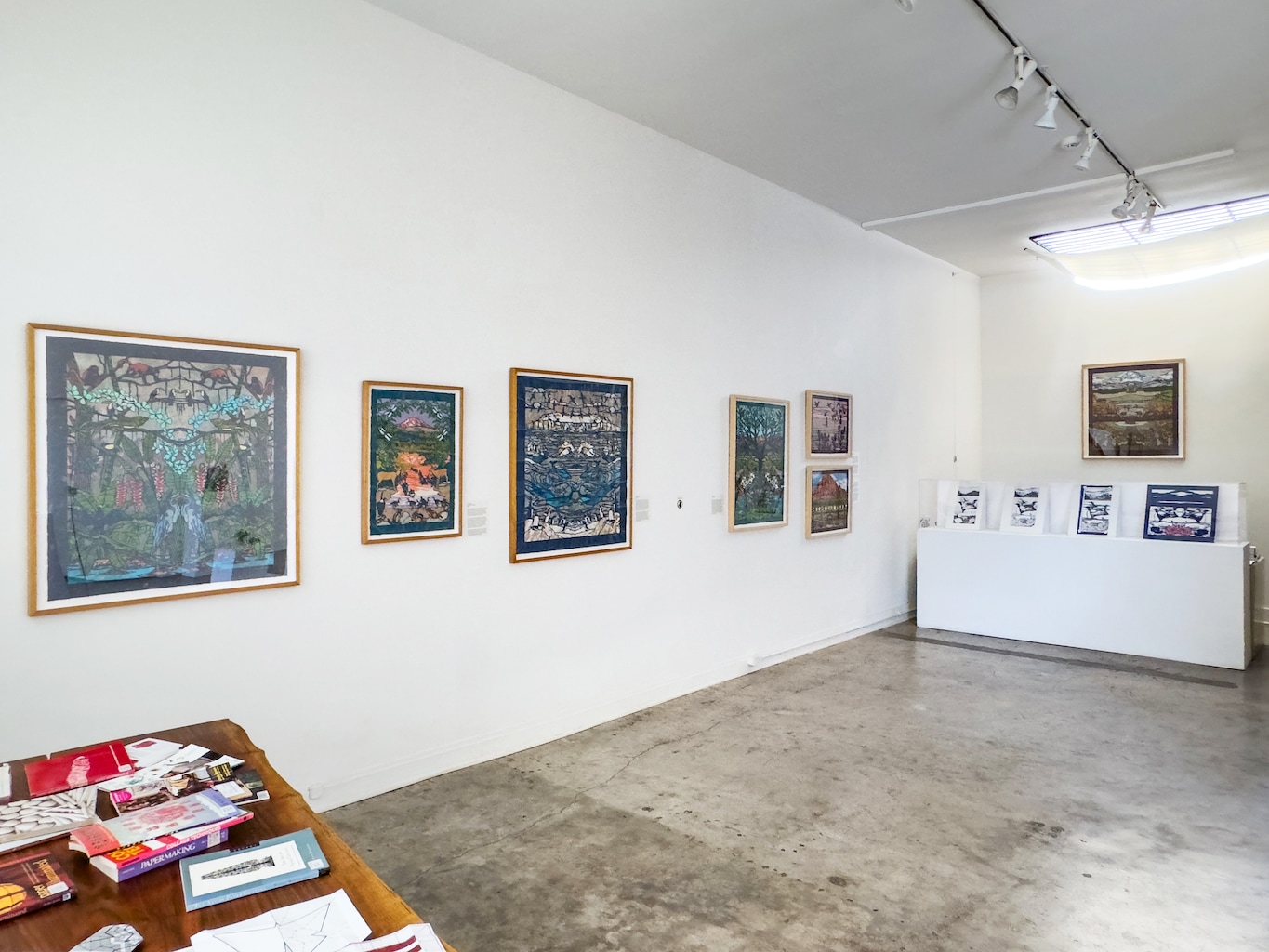
Virtual Gallery
Click and drag, or use your arrow keys, to see a 360º view of the virtual space.
Virtual Gallery
Click and drag, or use your arrow keys, to see a 360º view of the virtual space.
This project is supported in part by an award from the National Endowment for the Arts.
To find out more about how National Endowment for the Arts grants impact individuals and communities, visit www.arts.gov.
